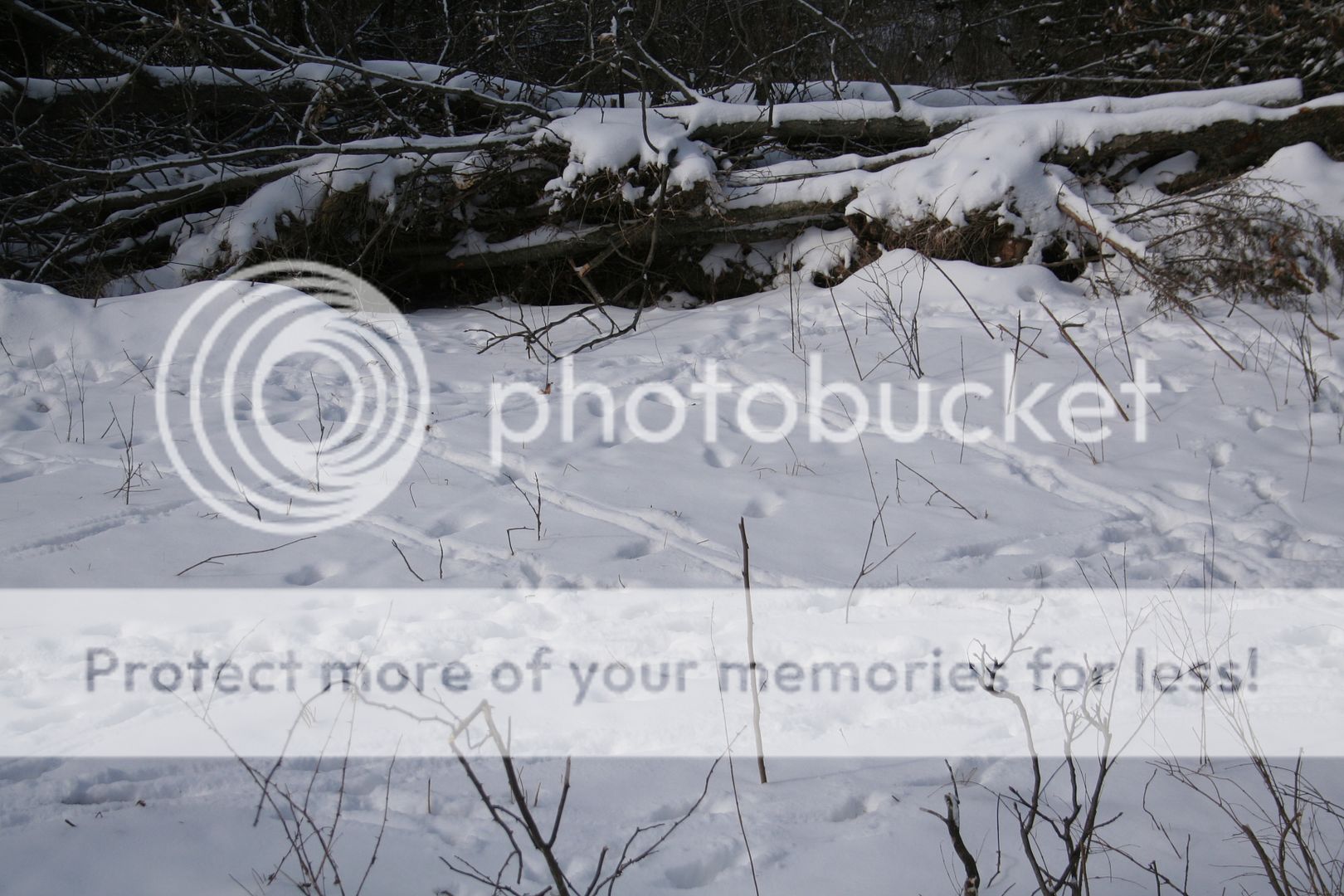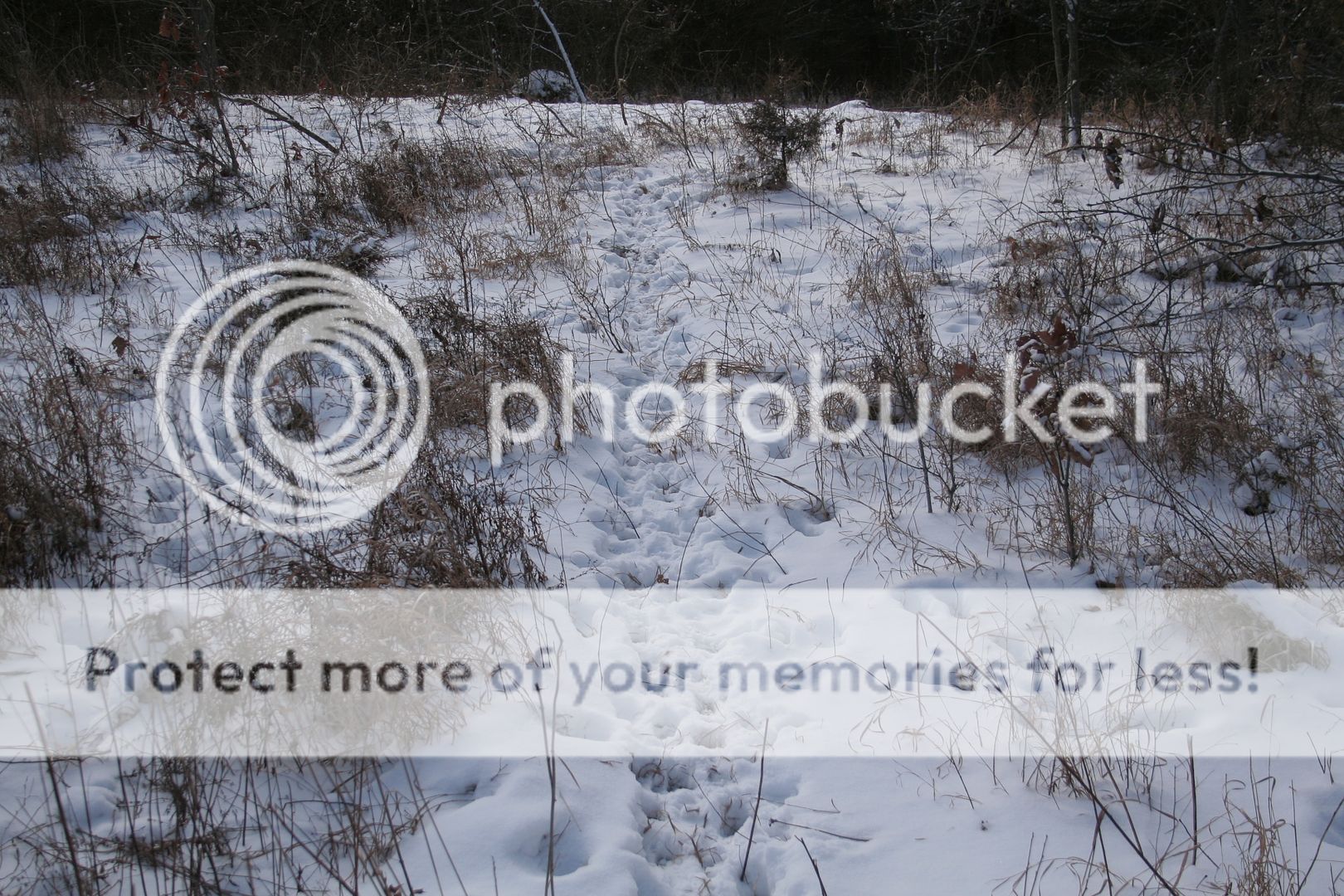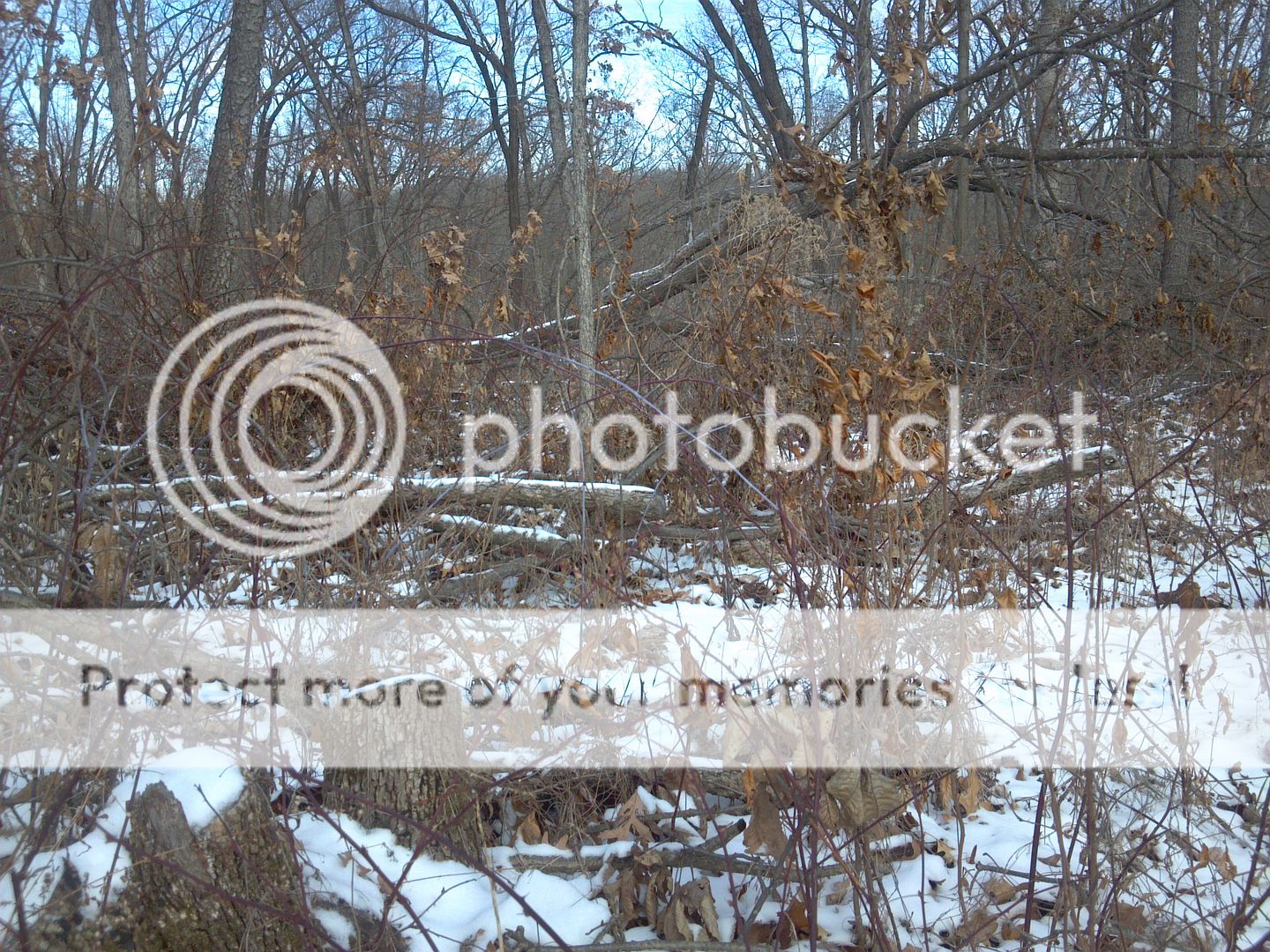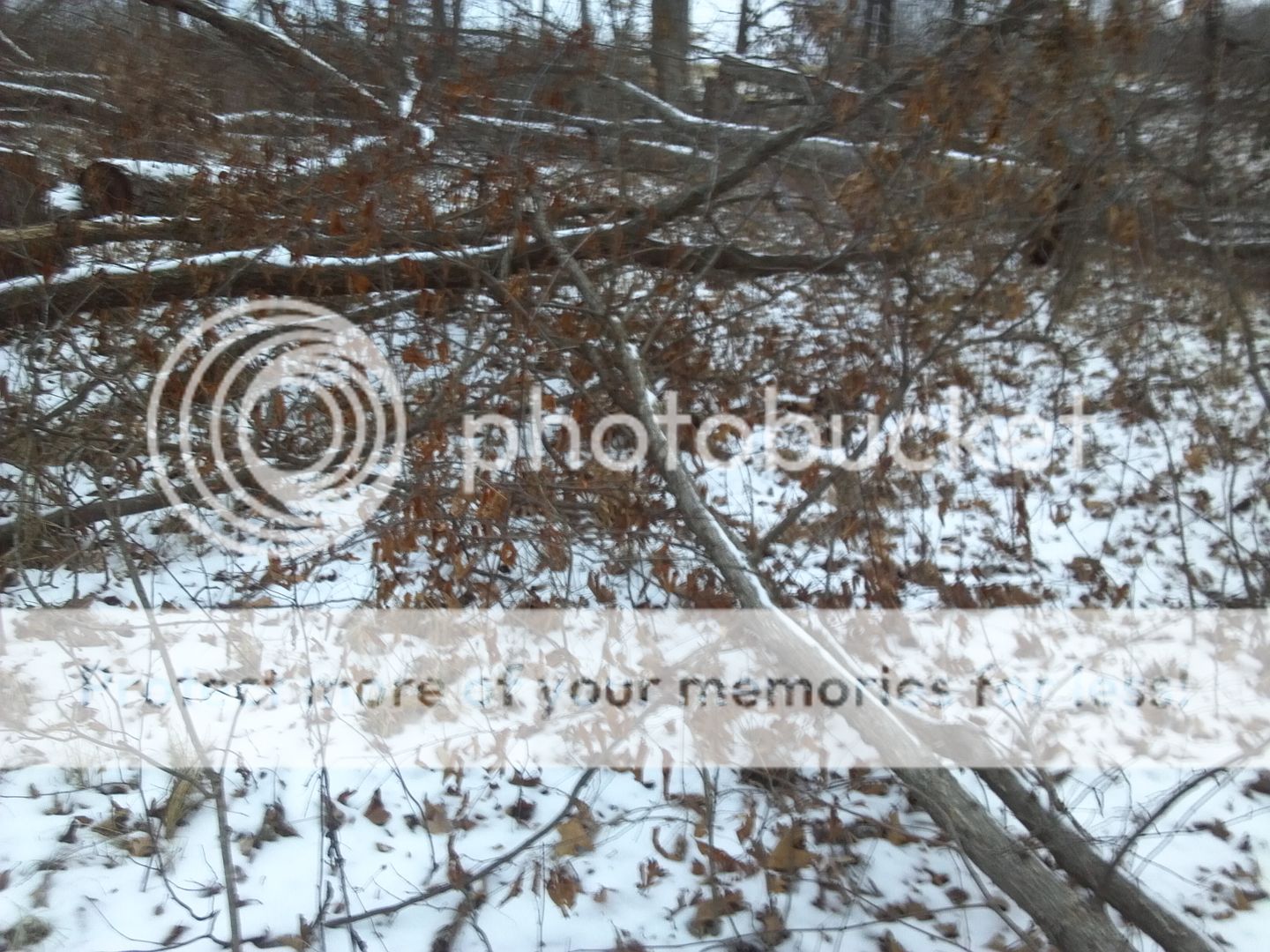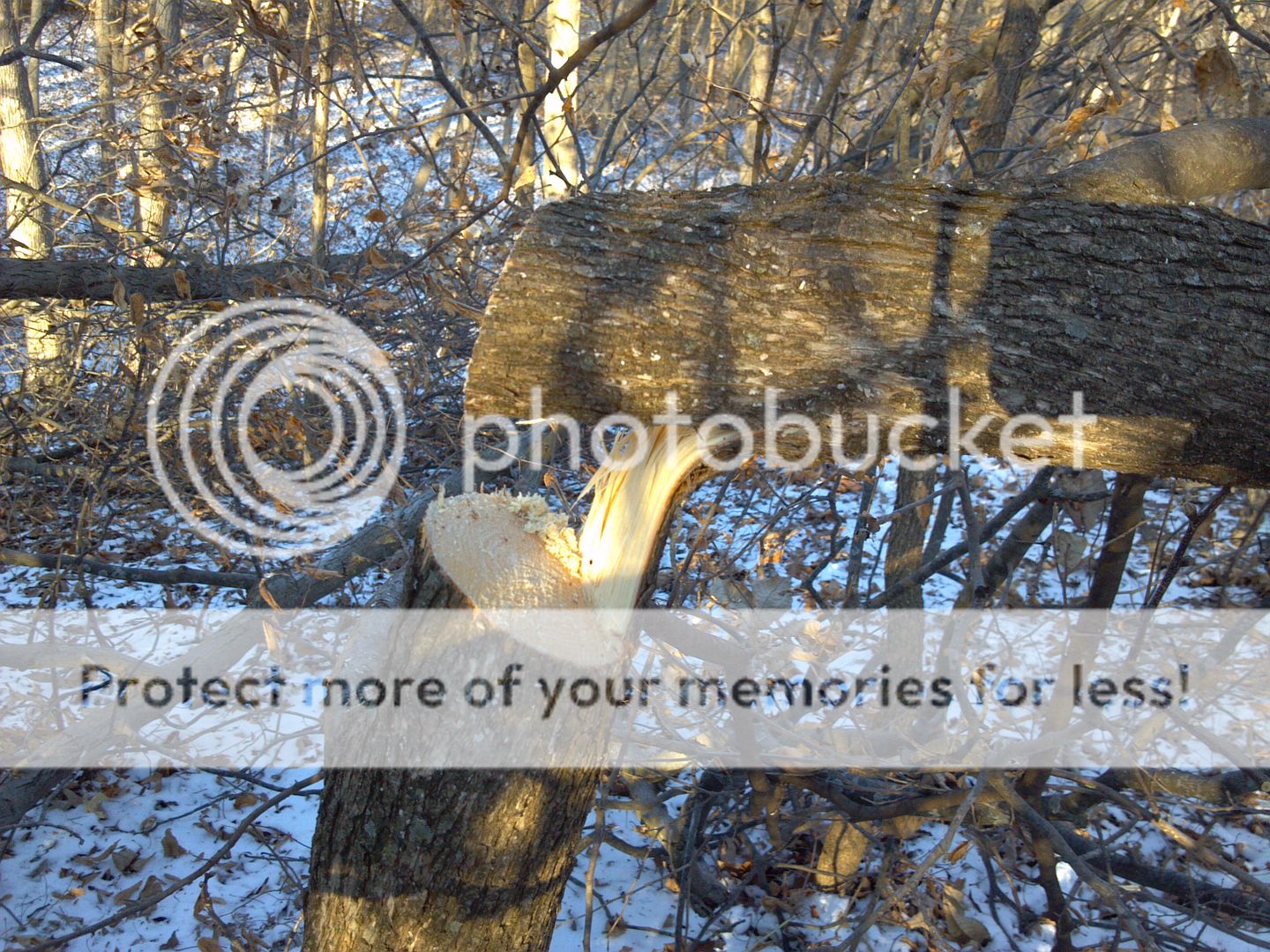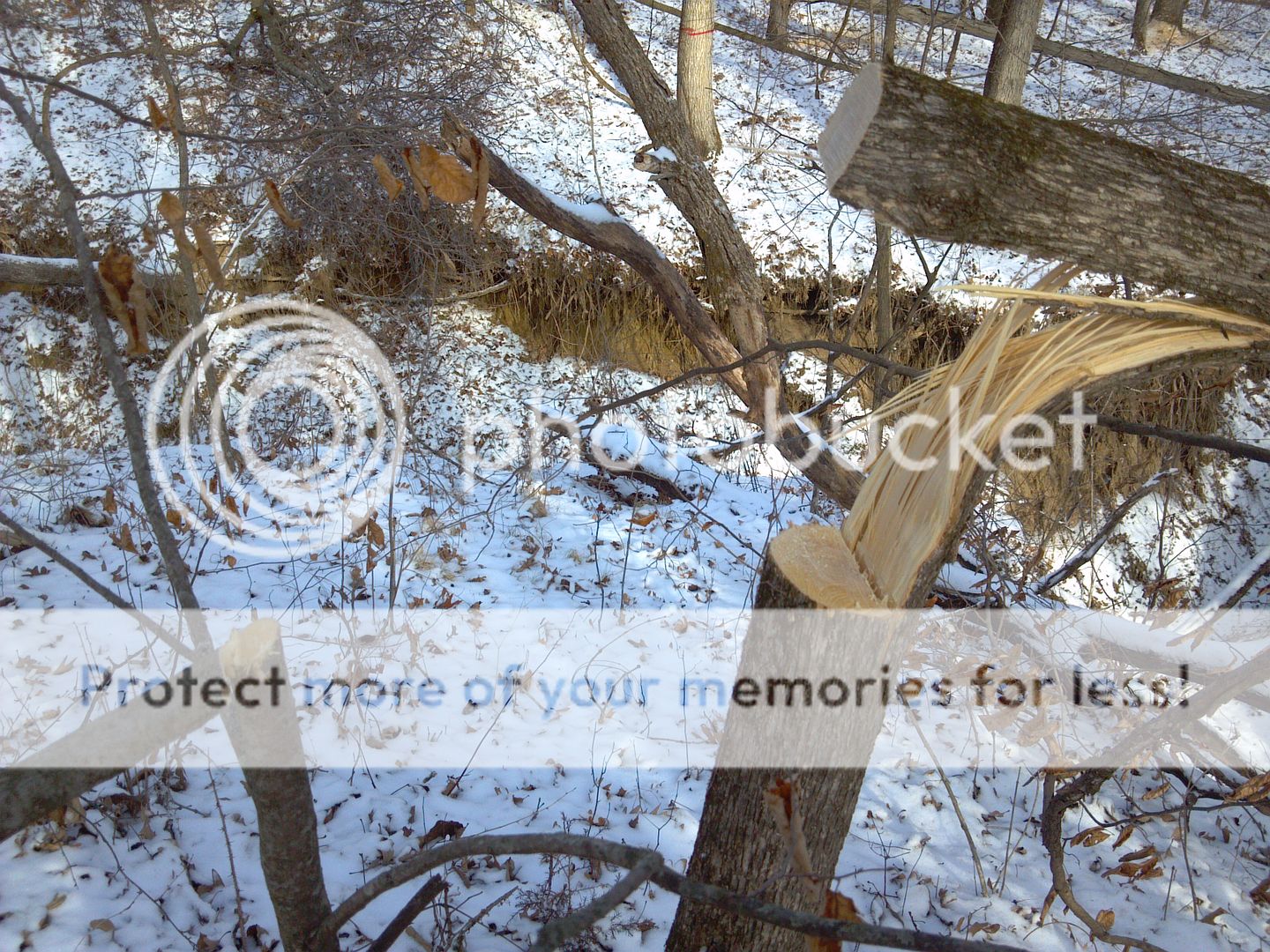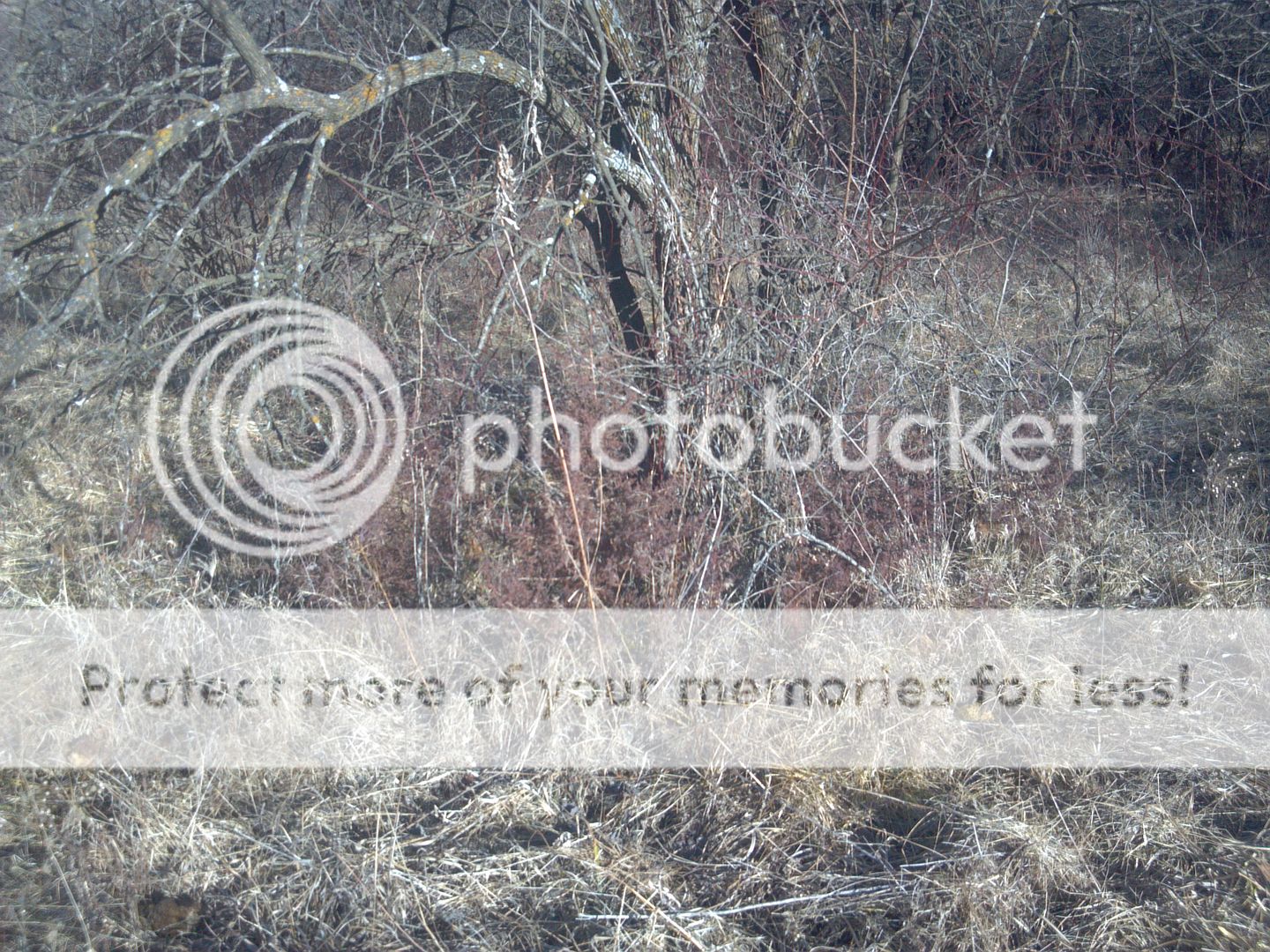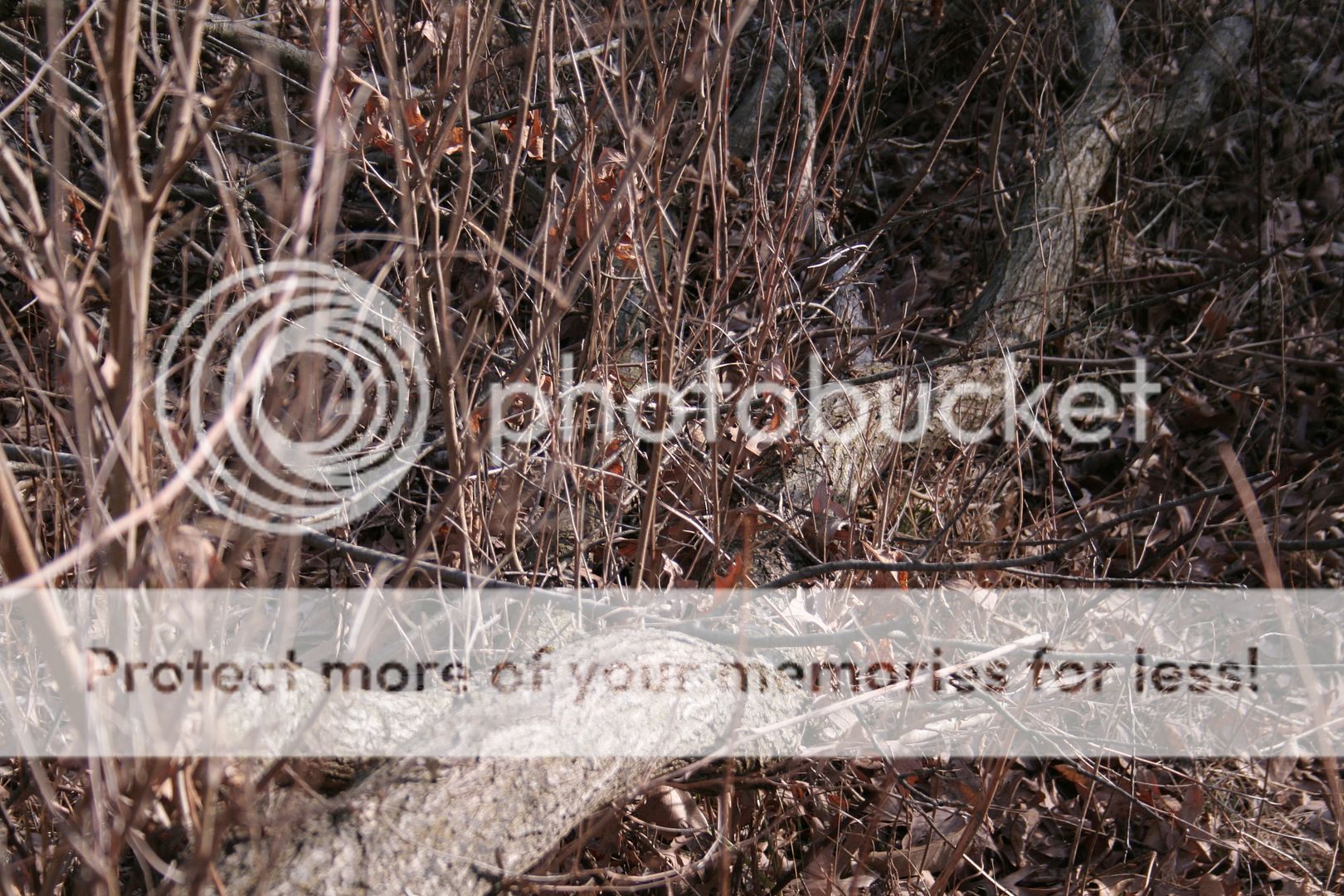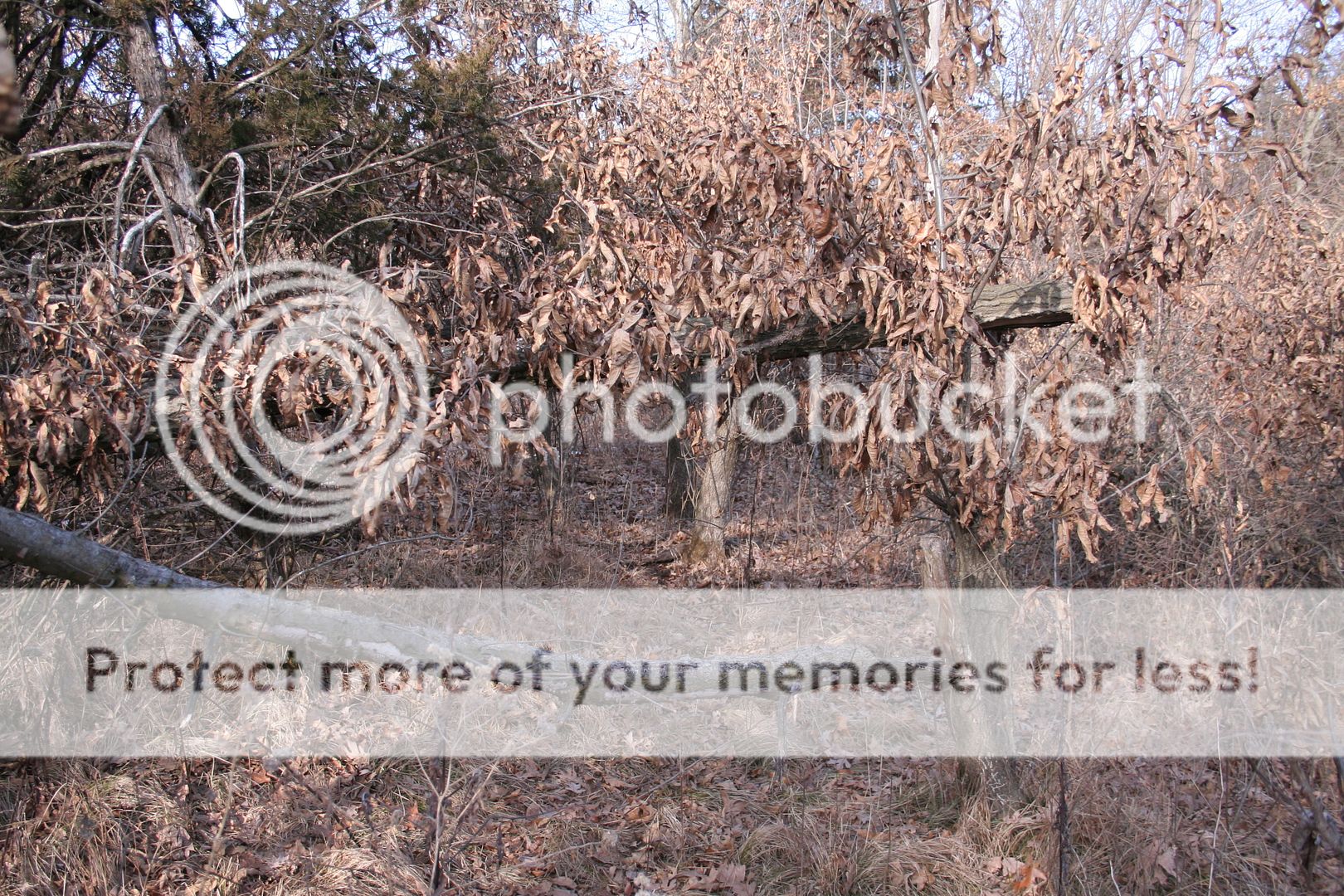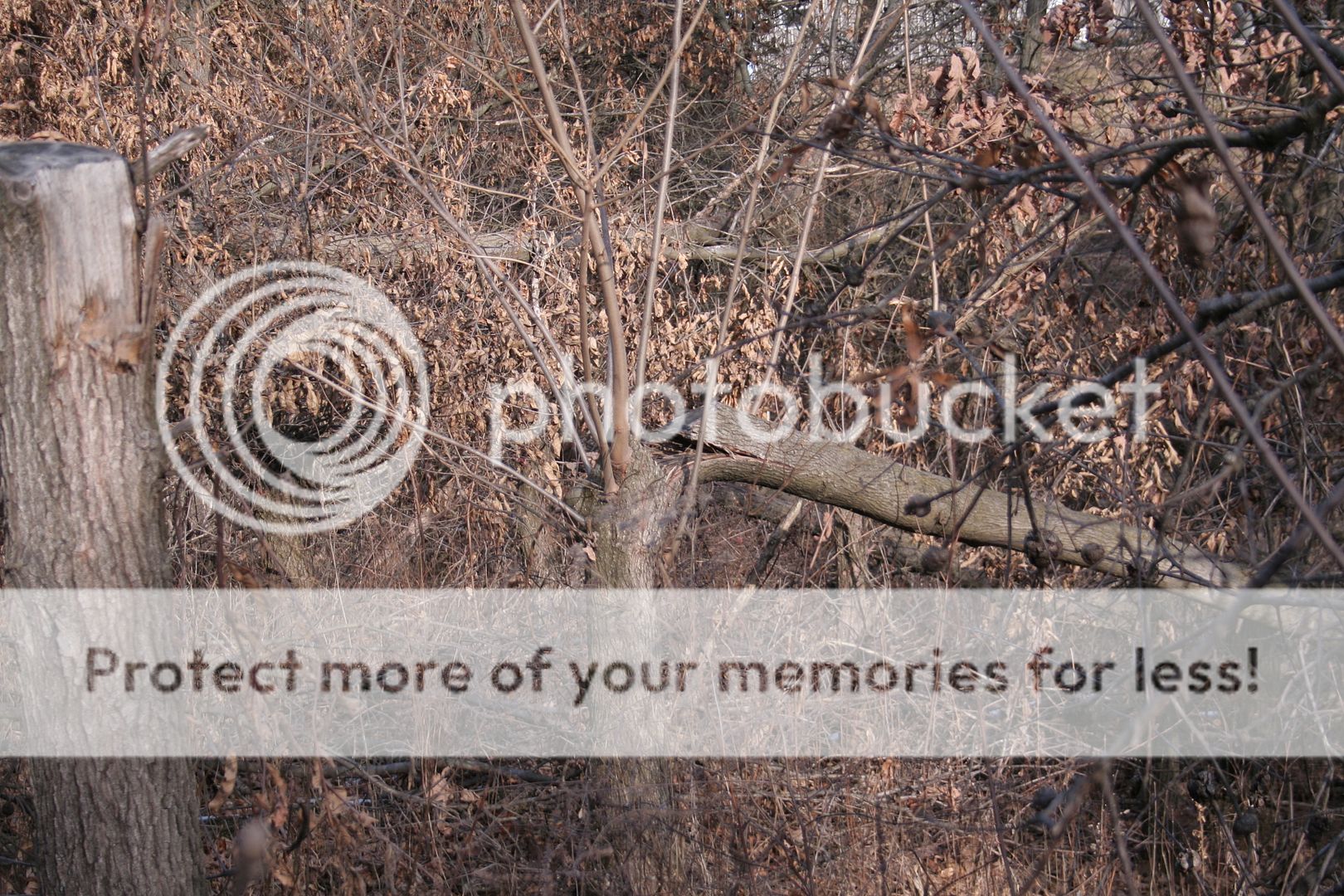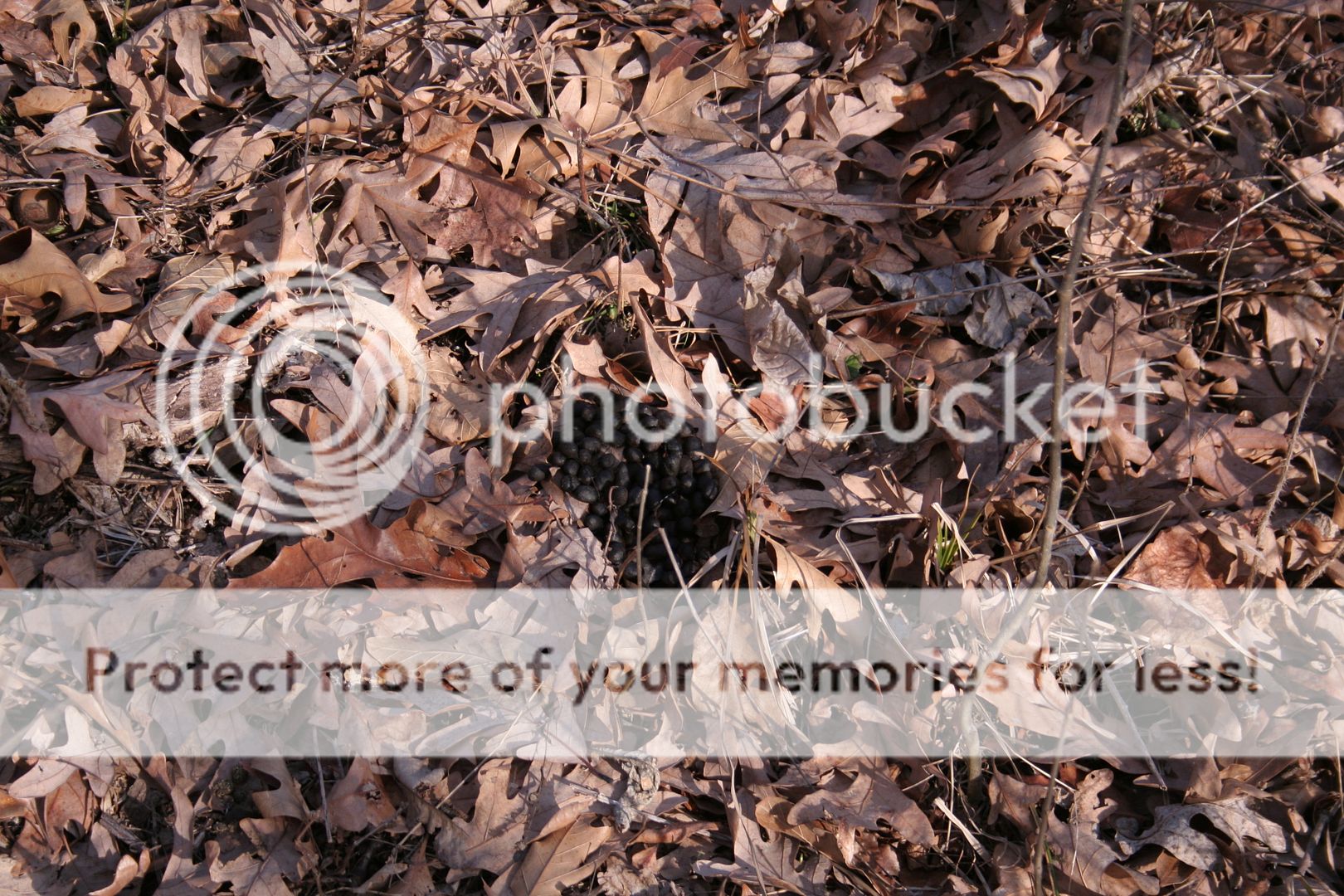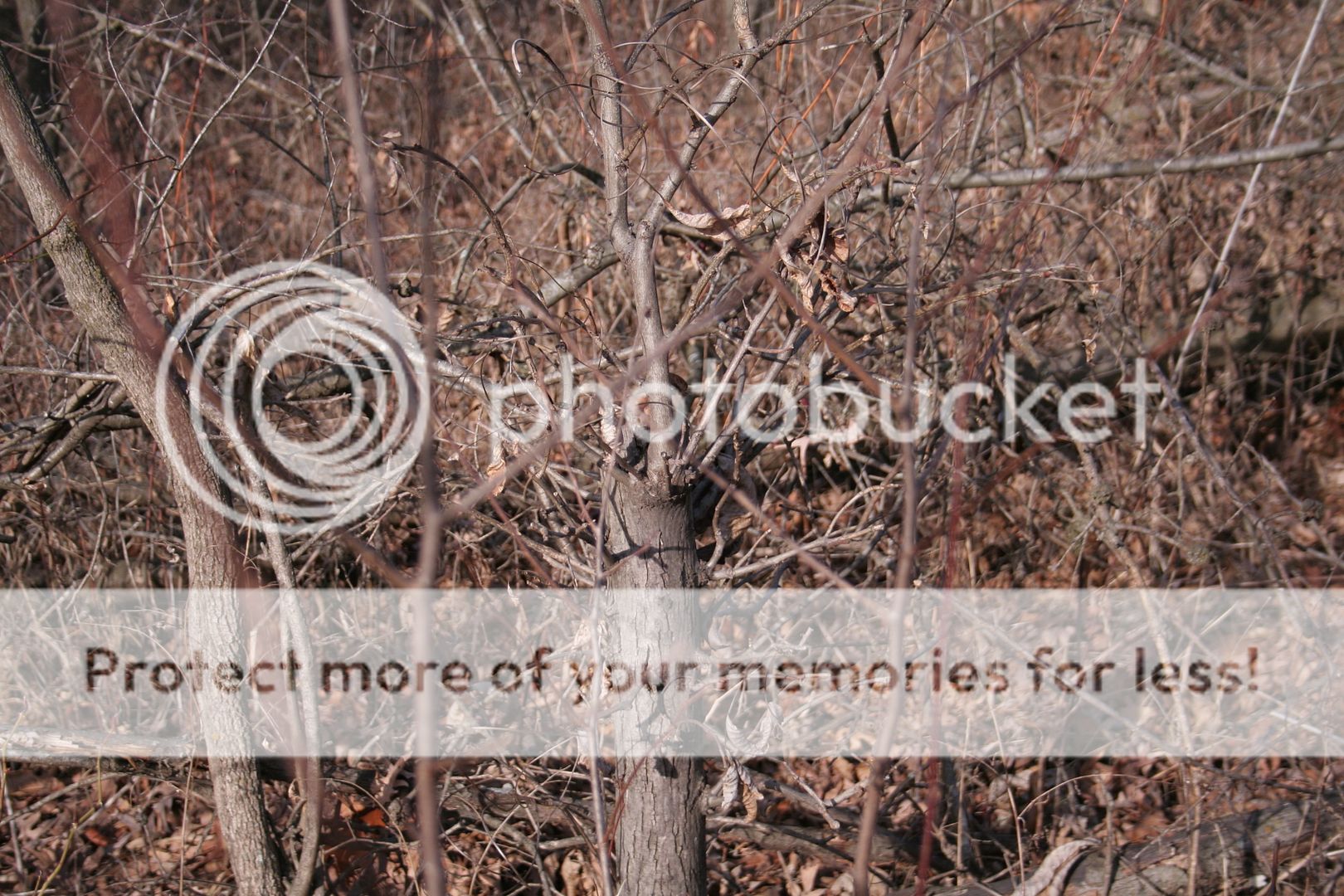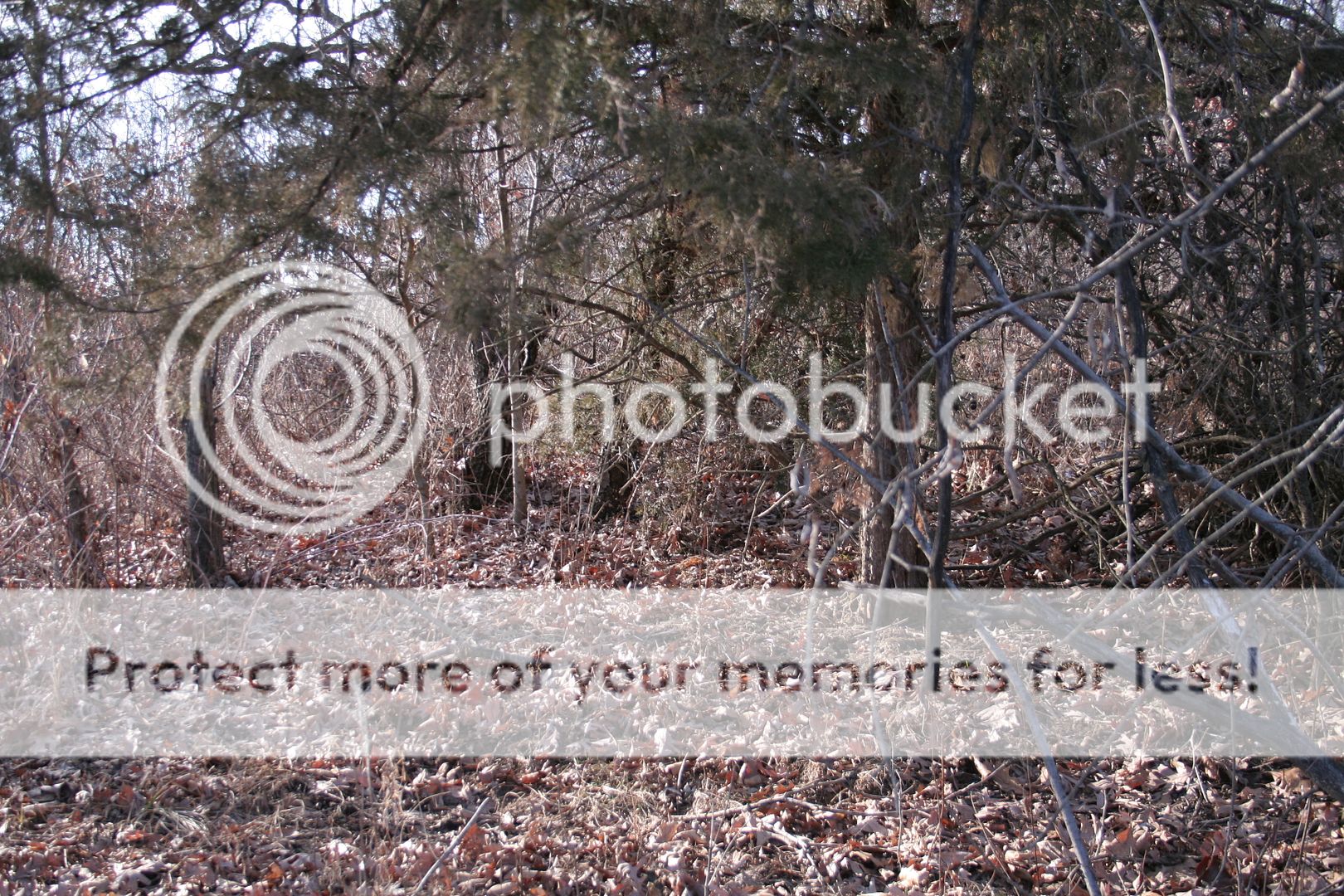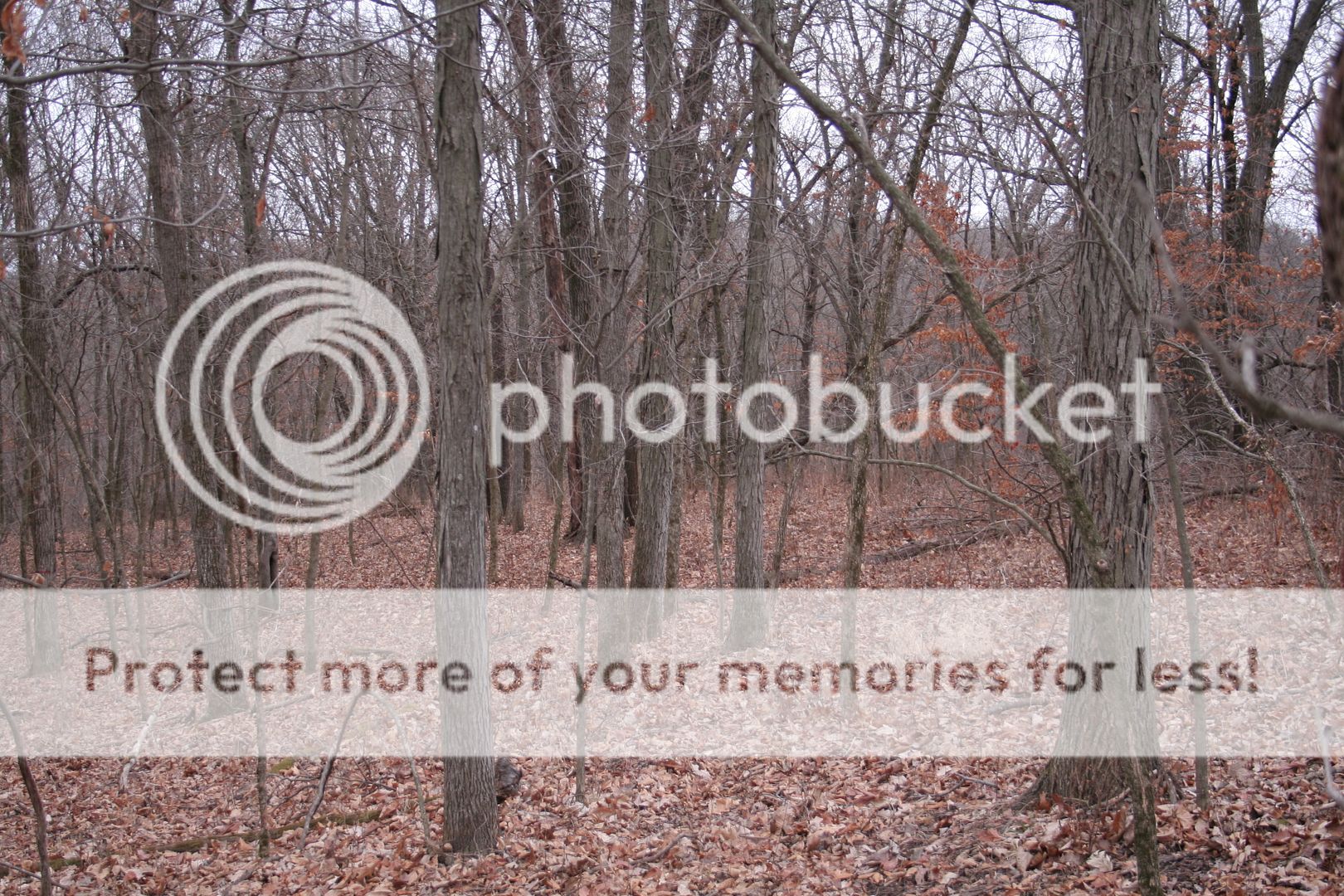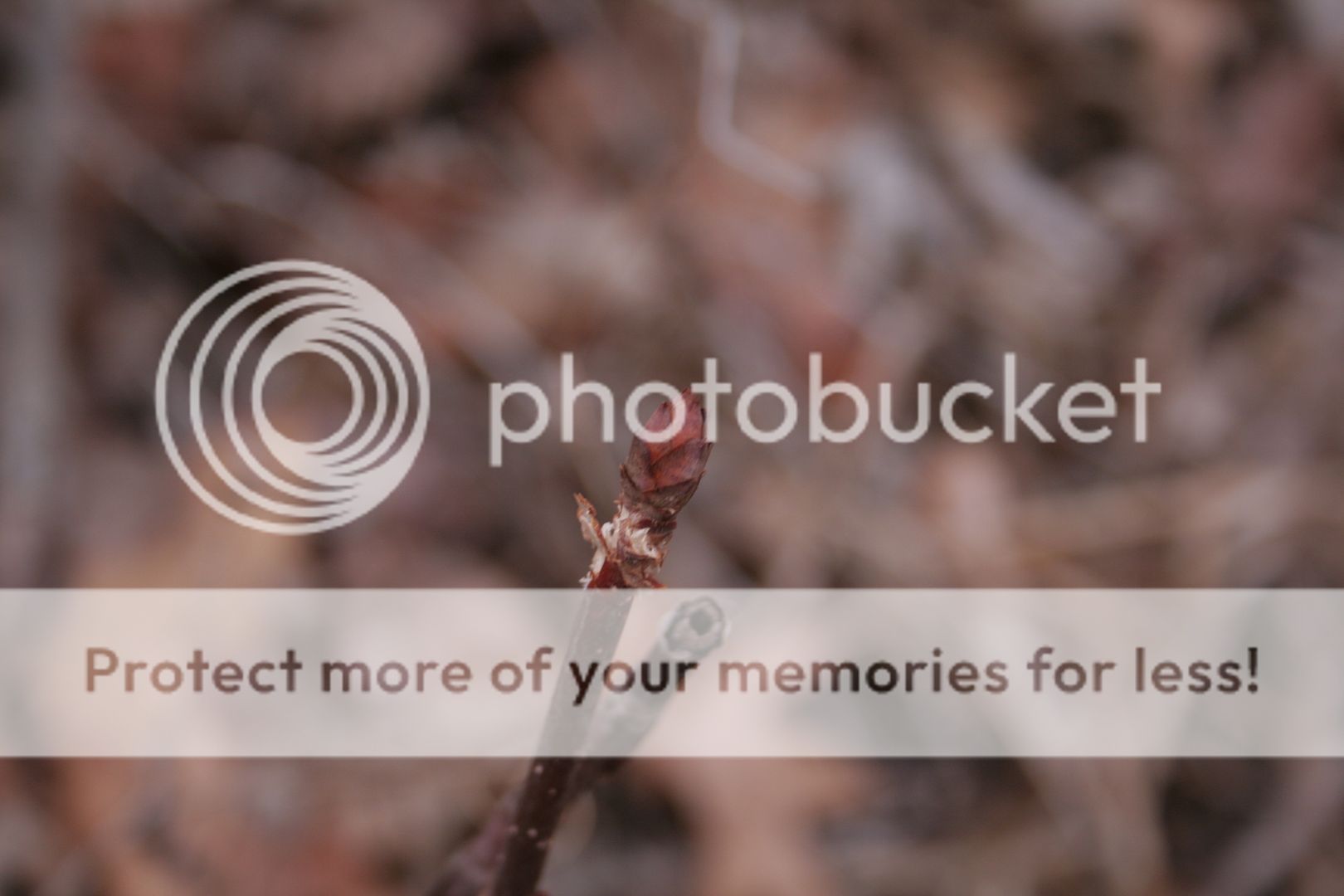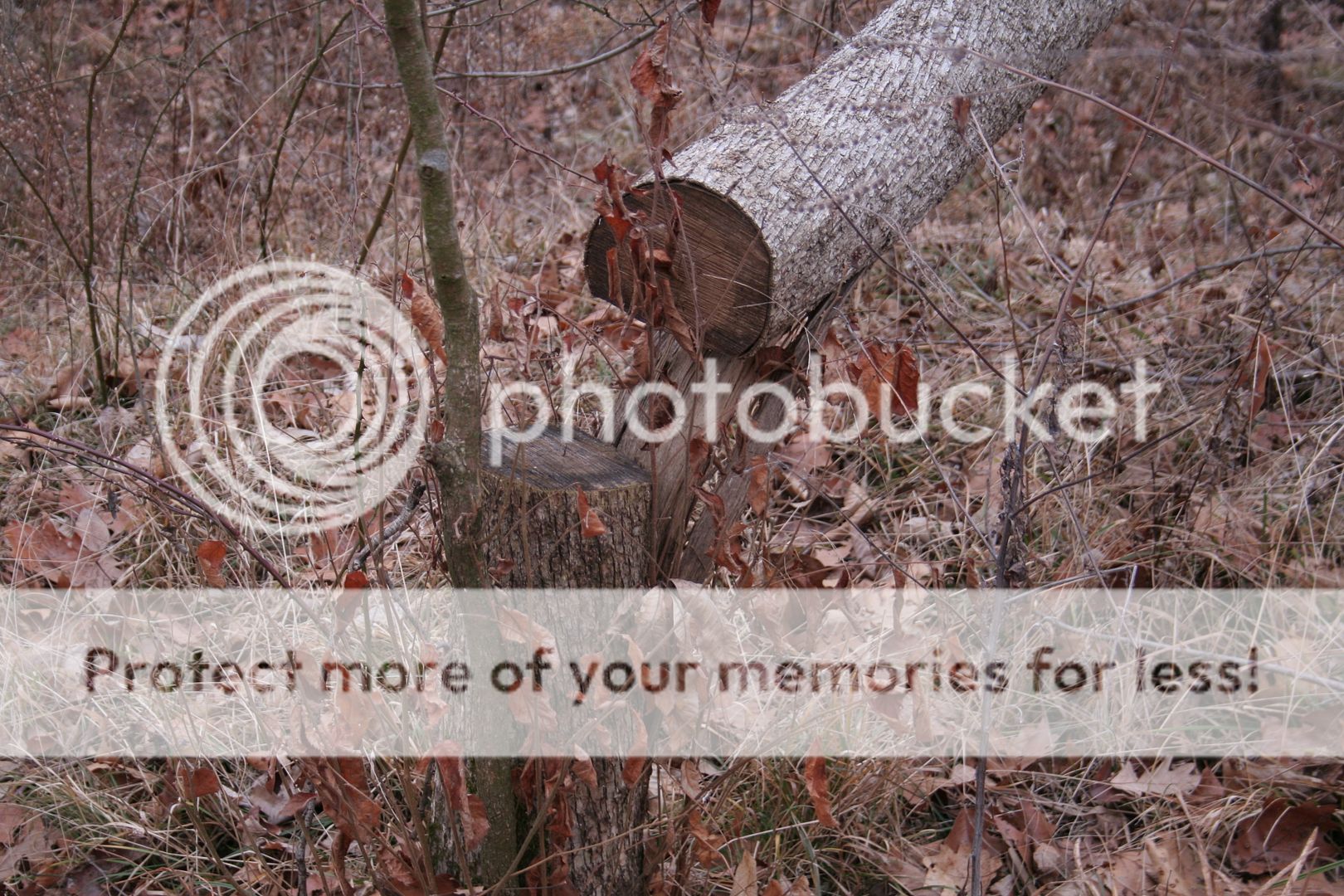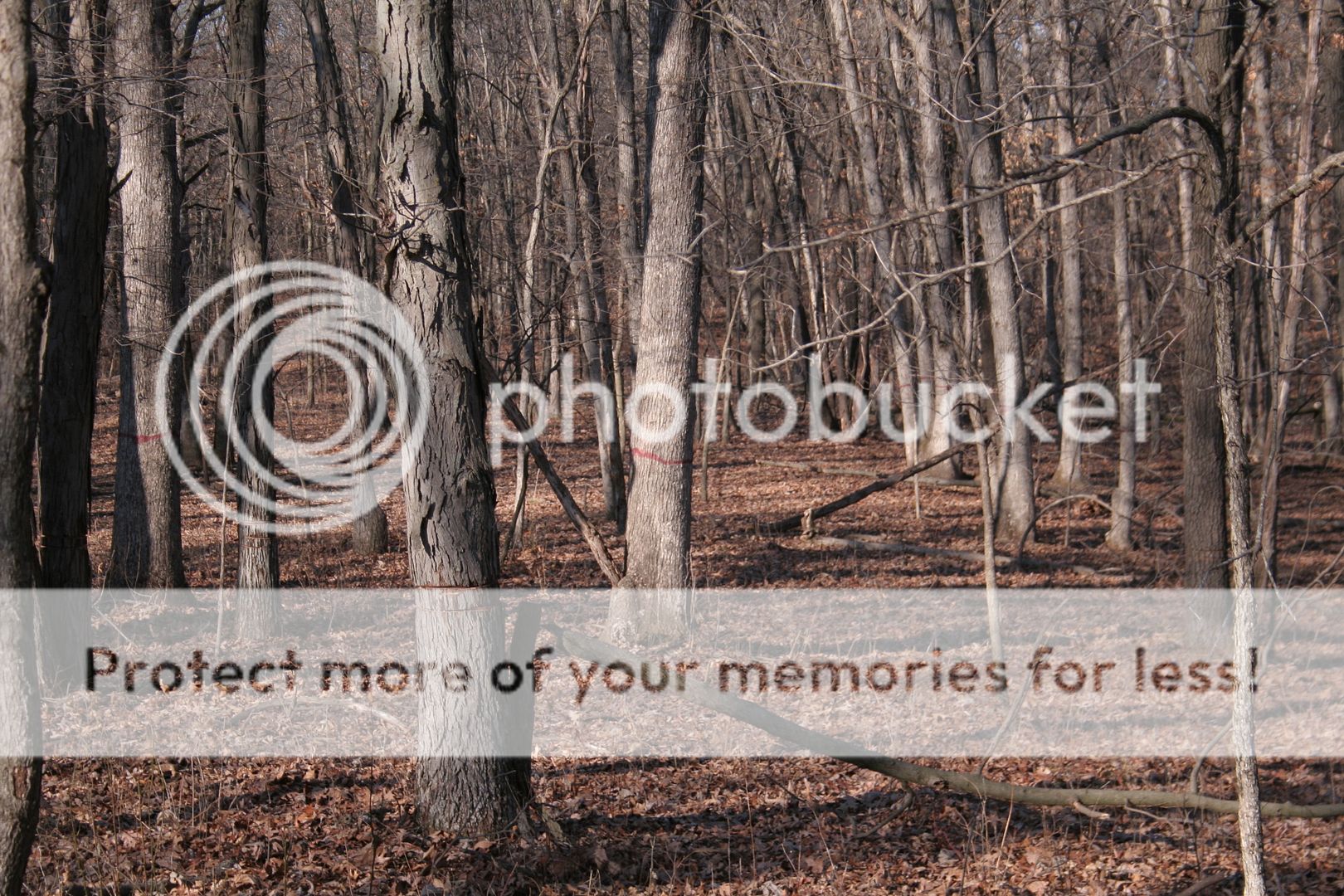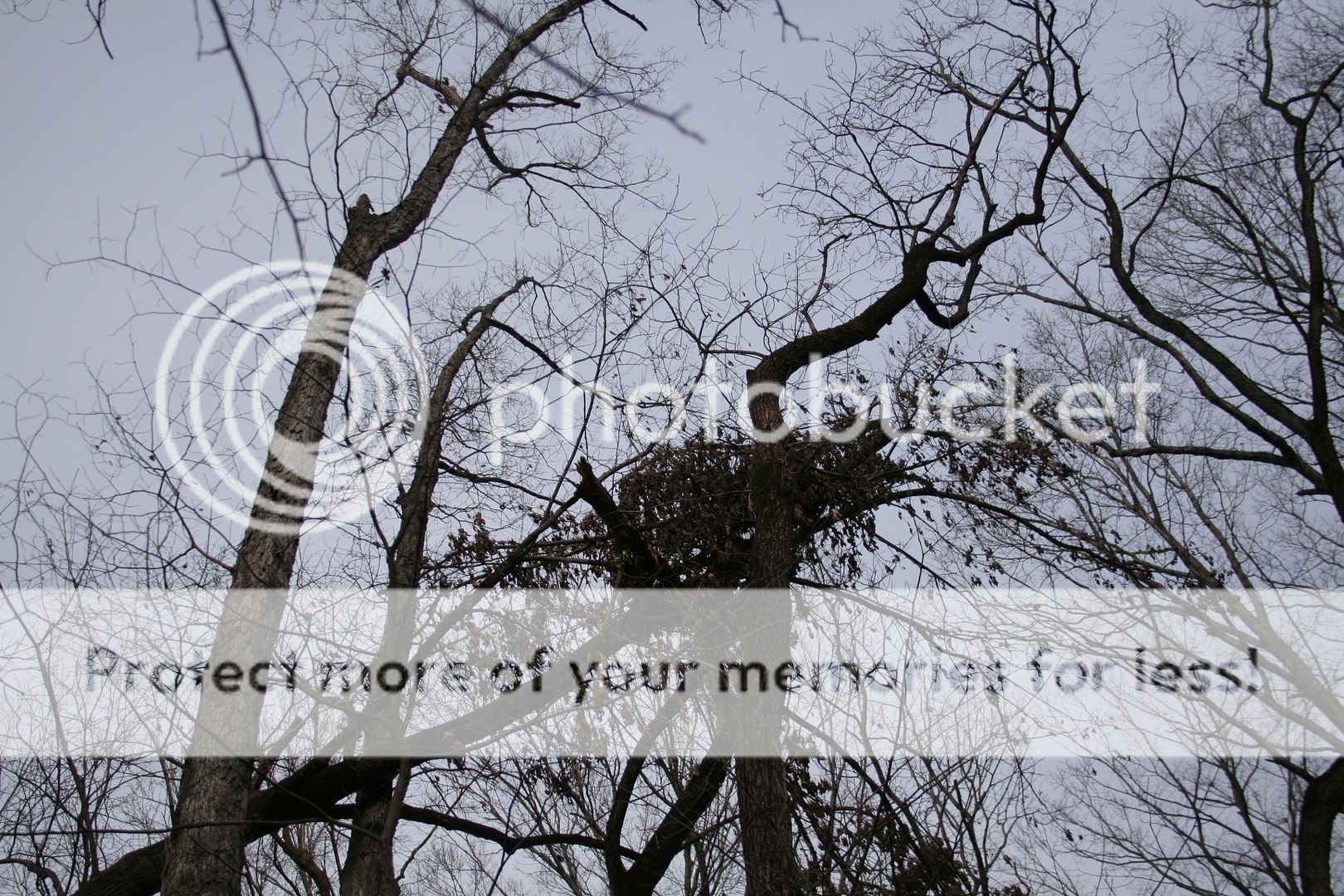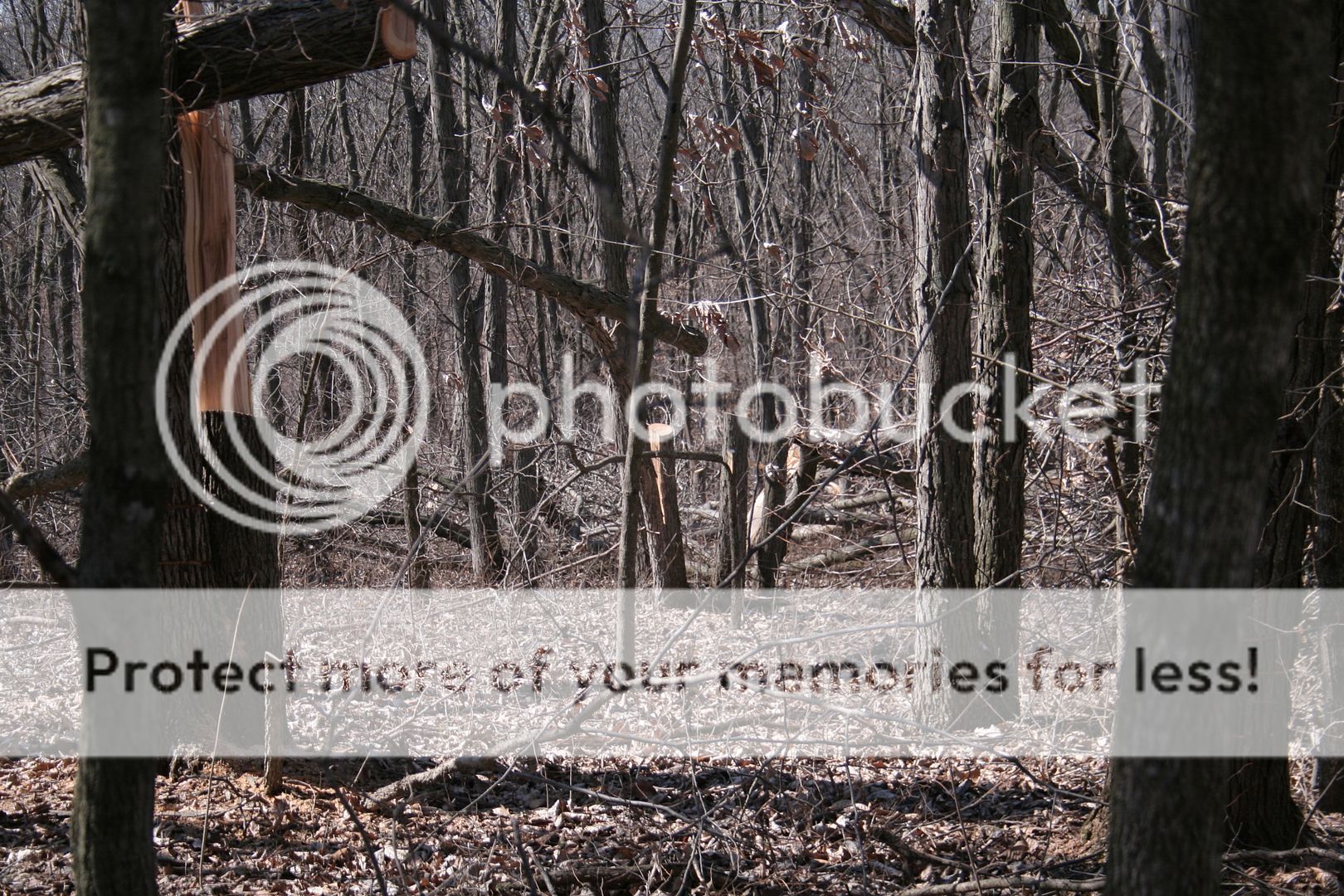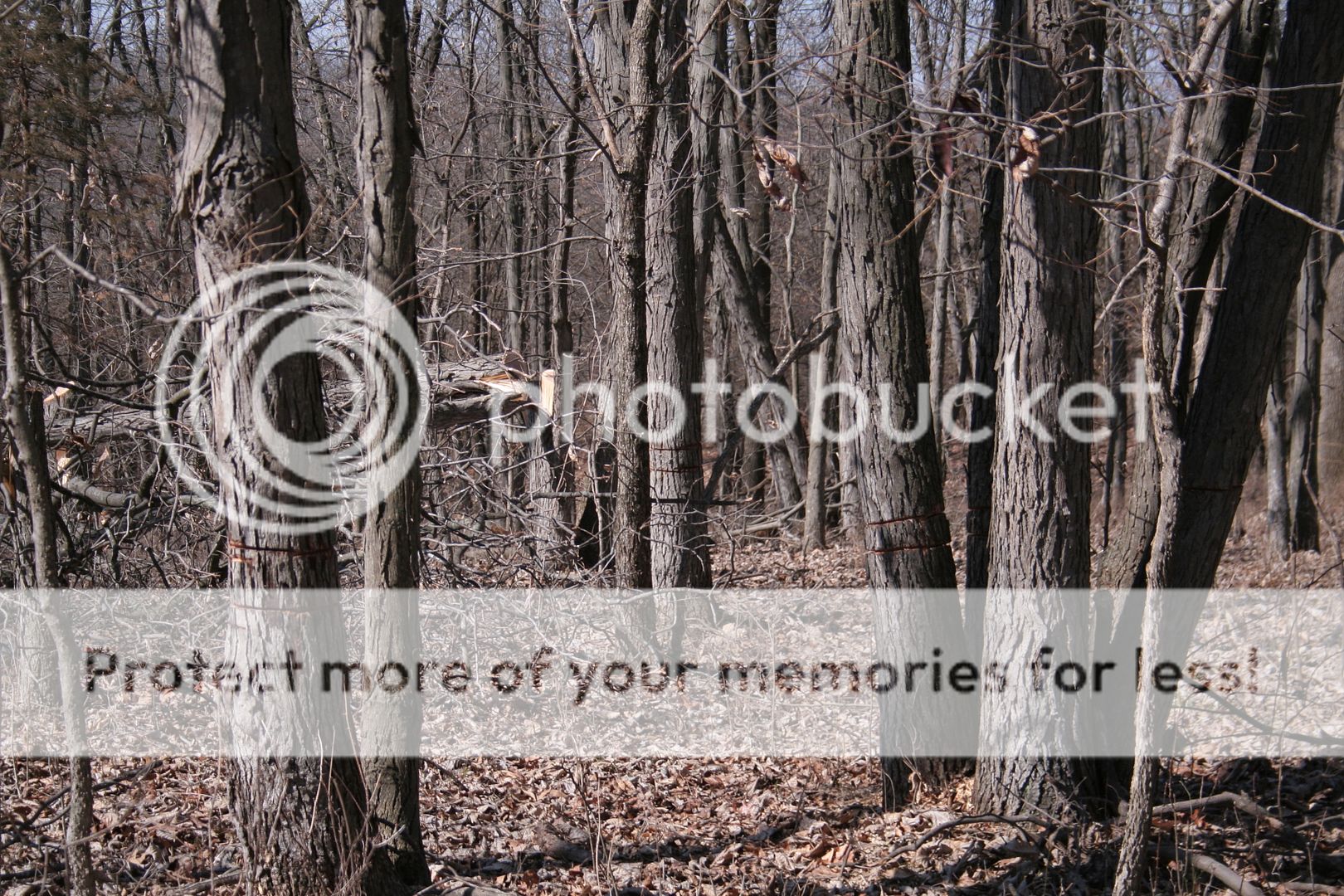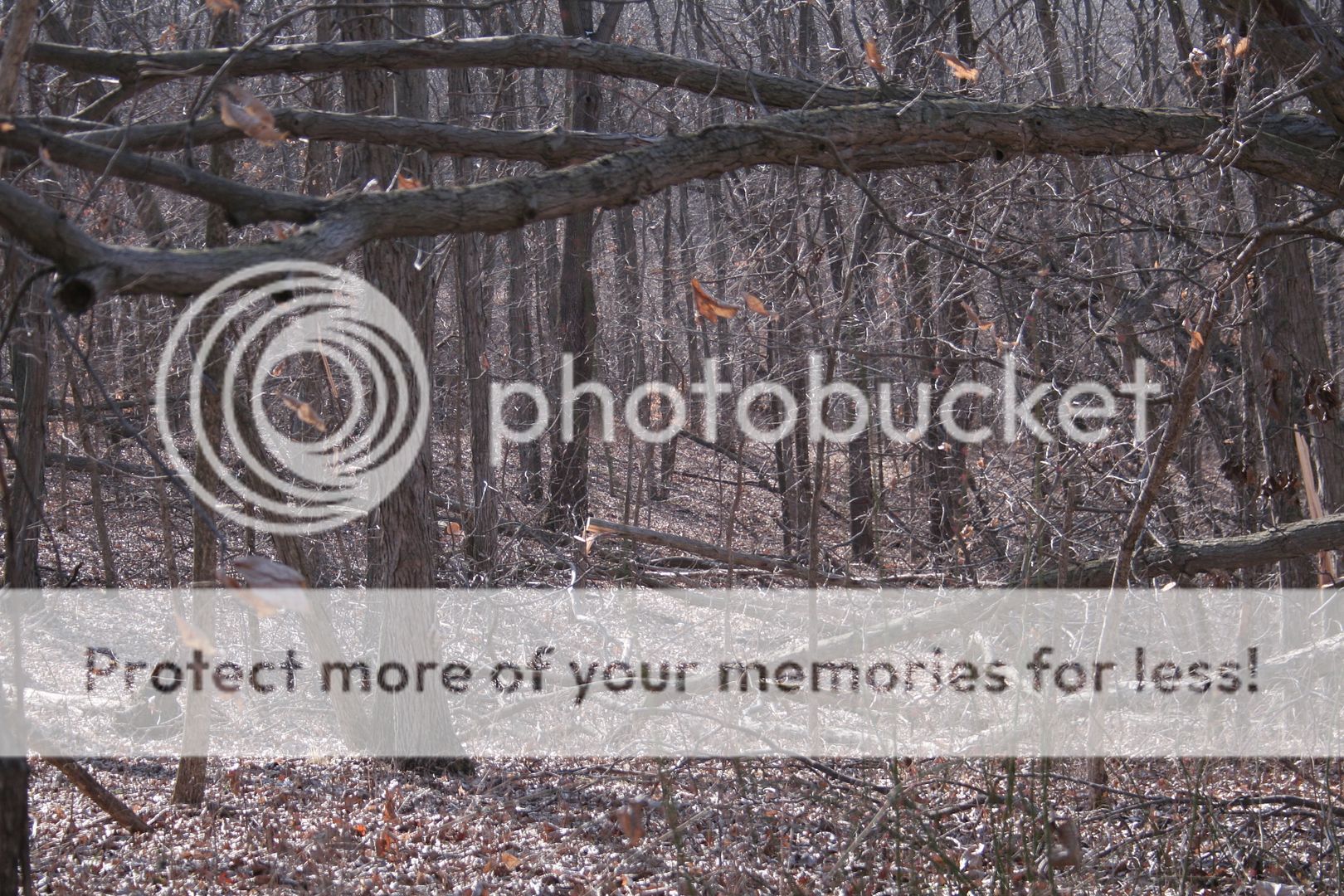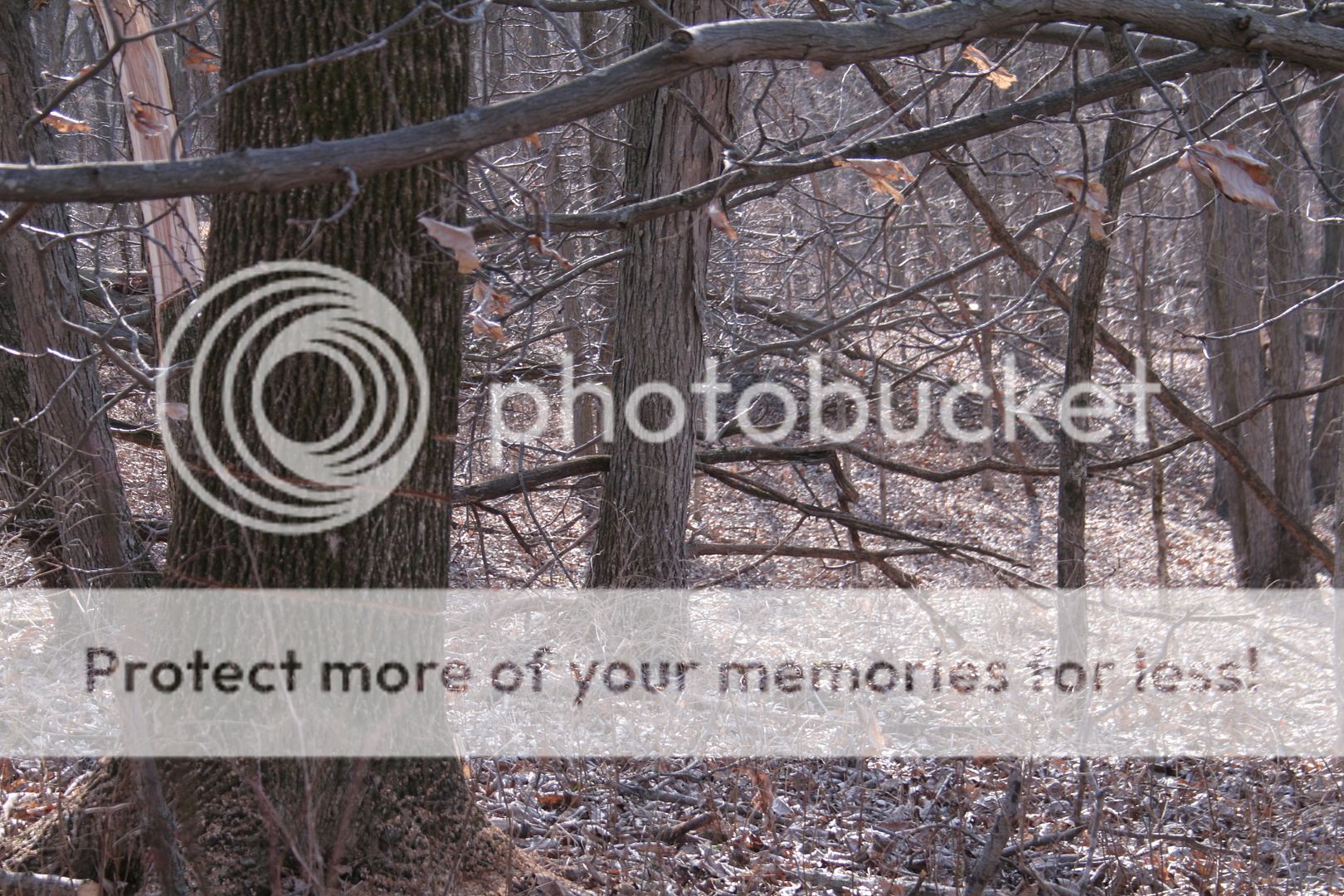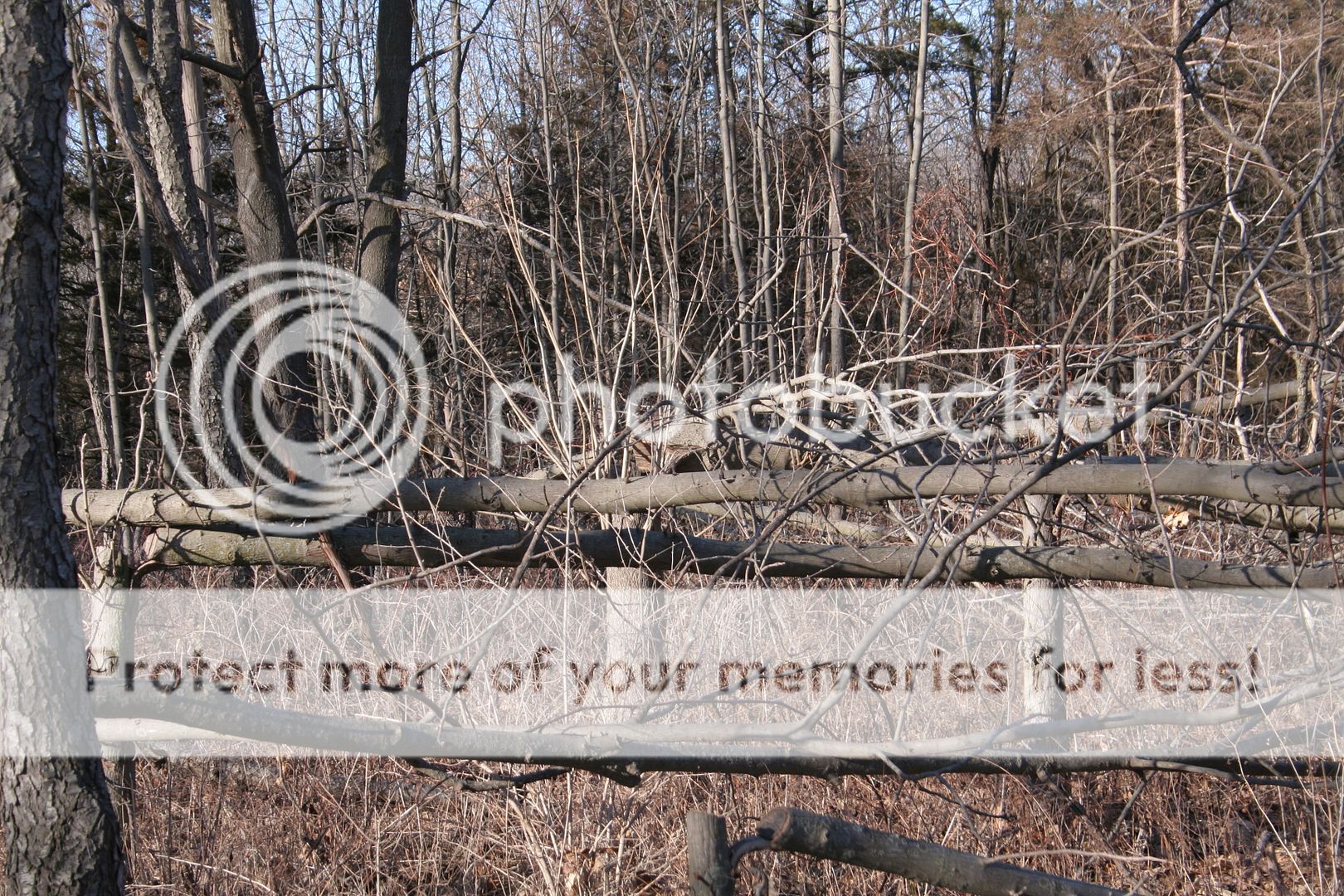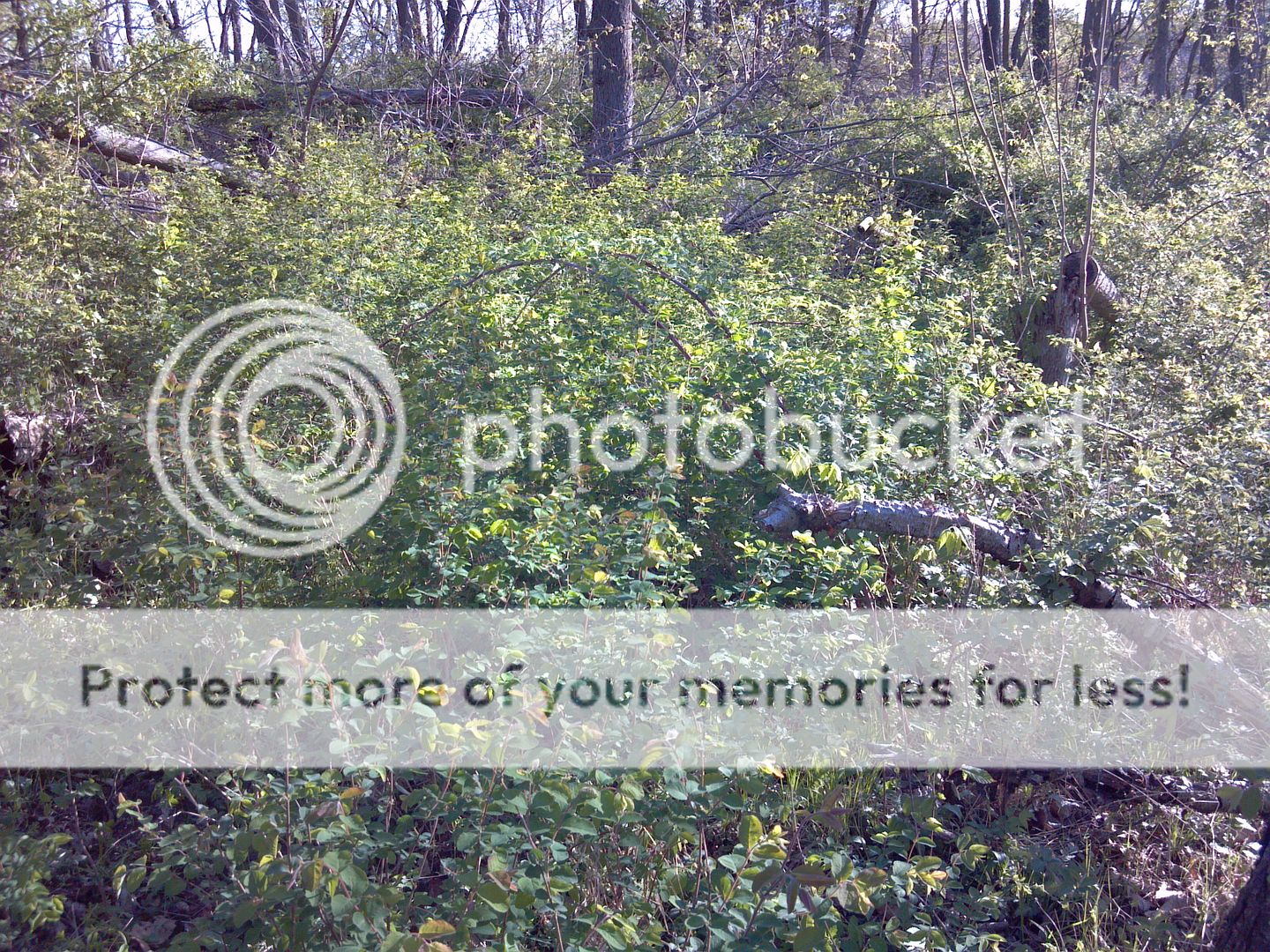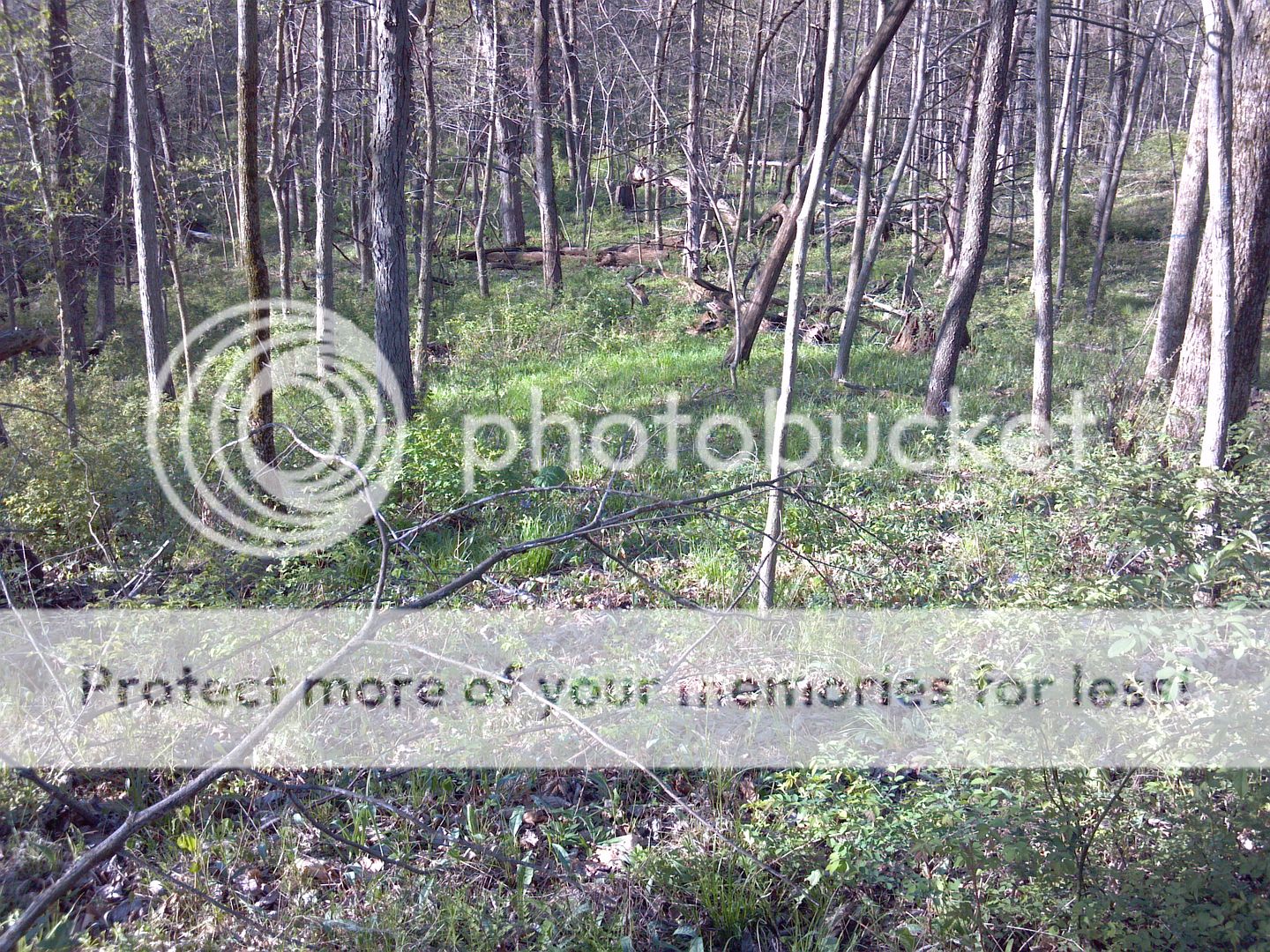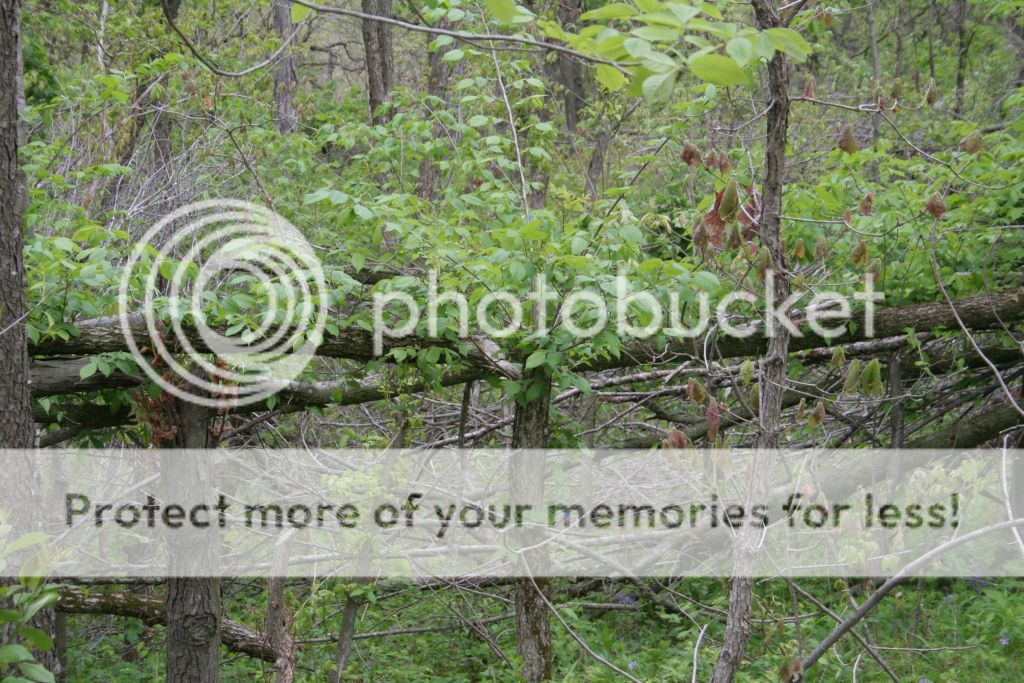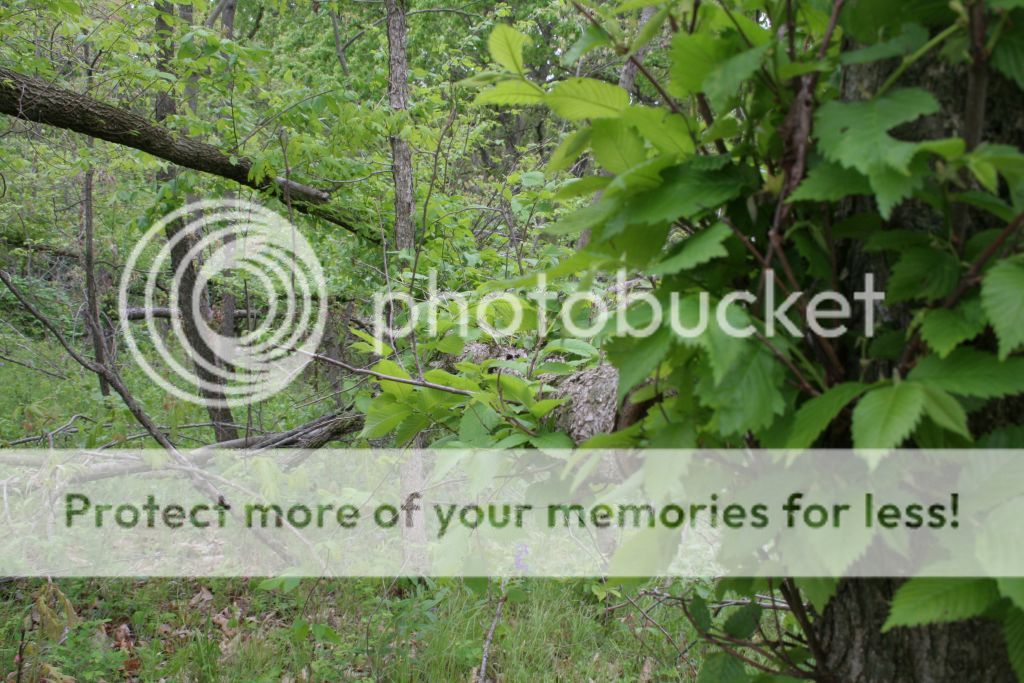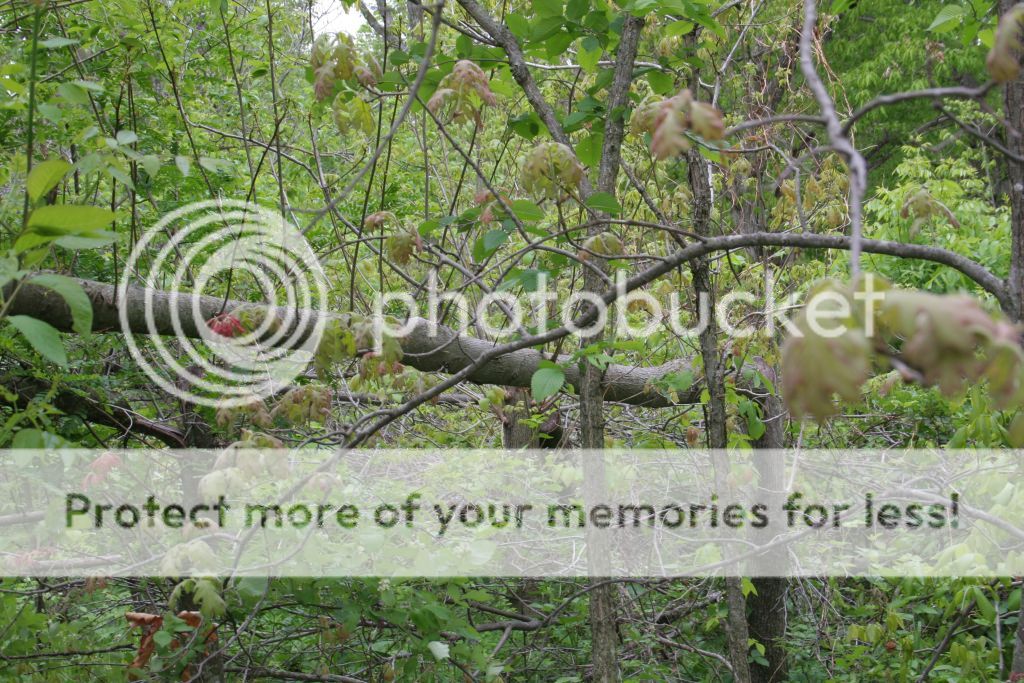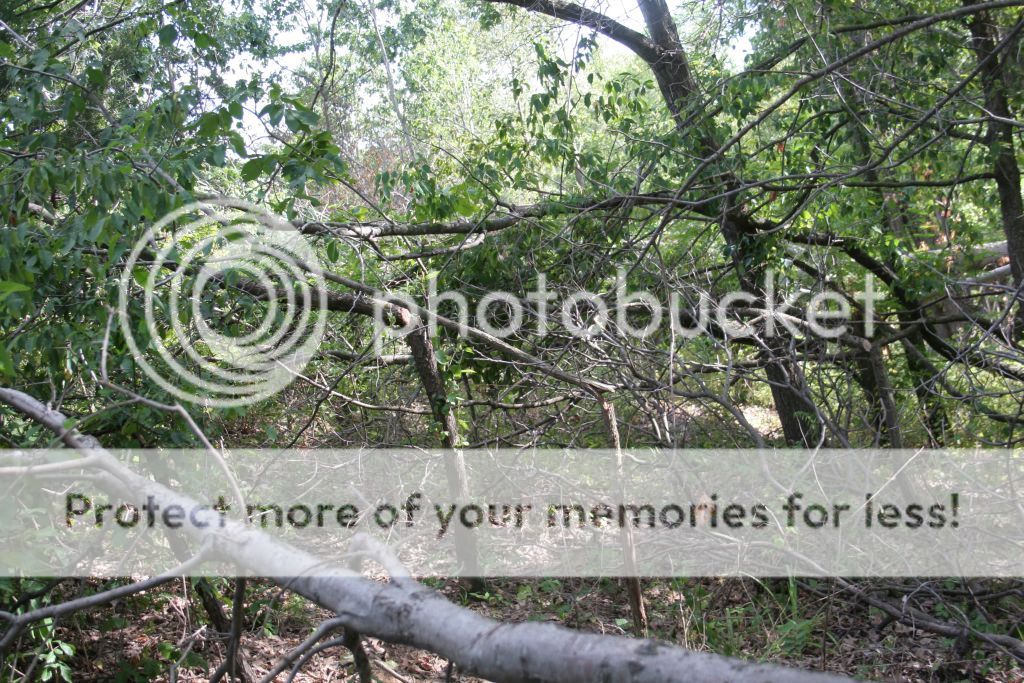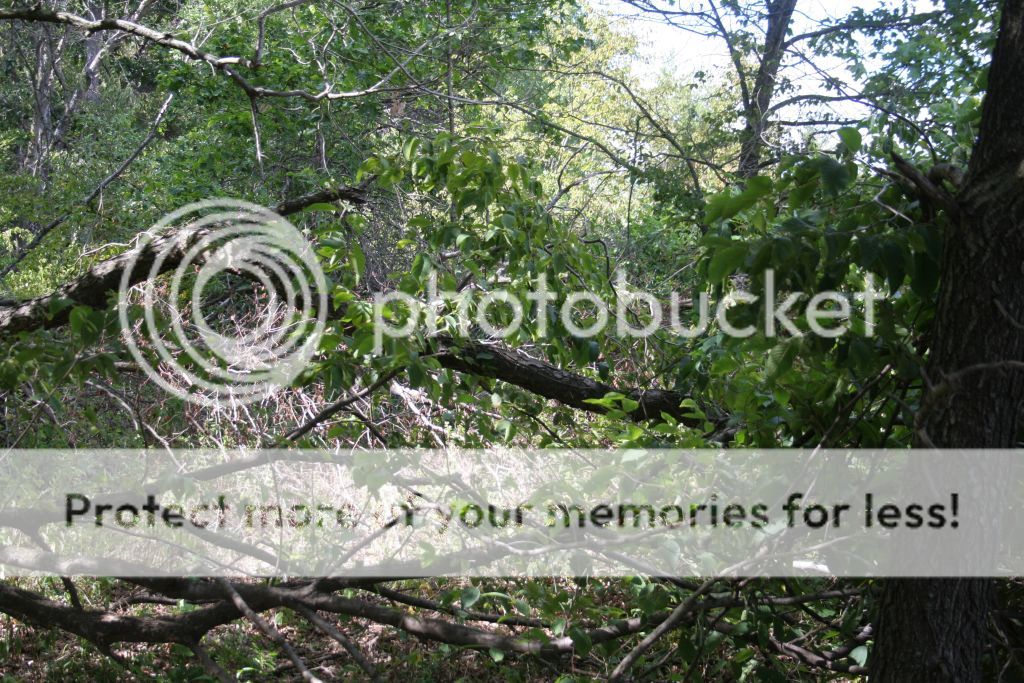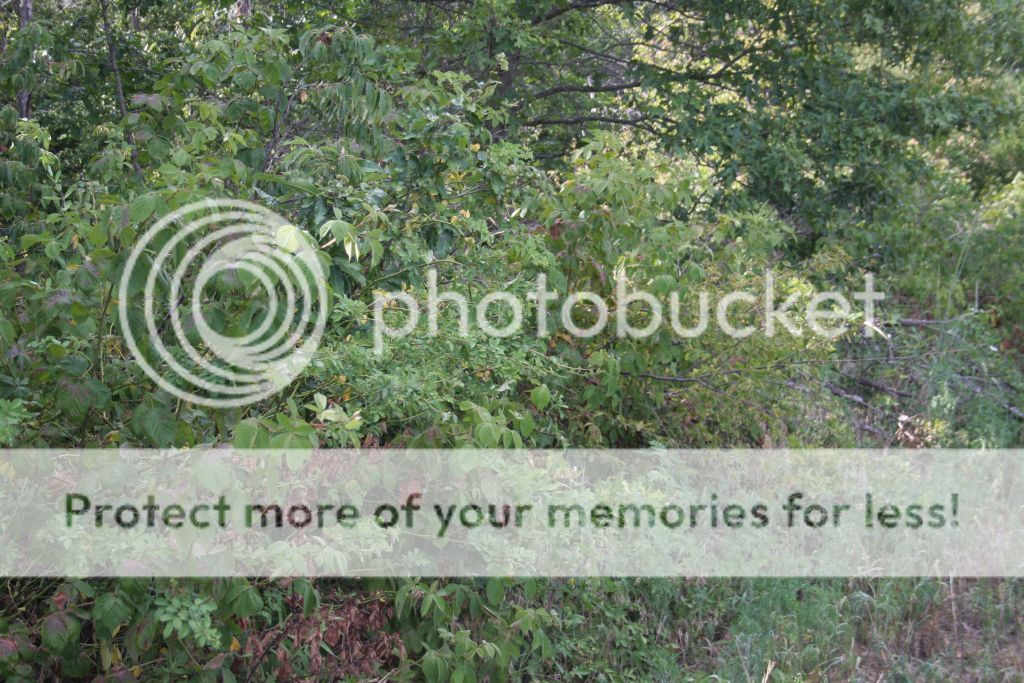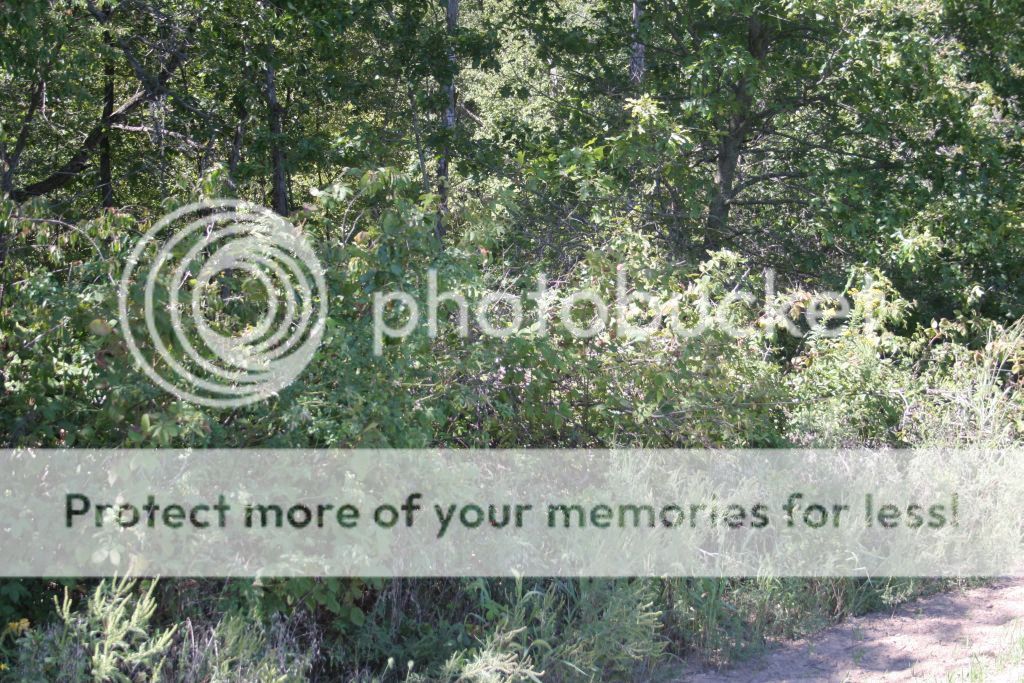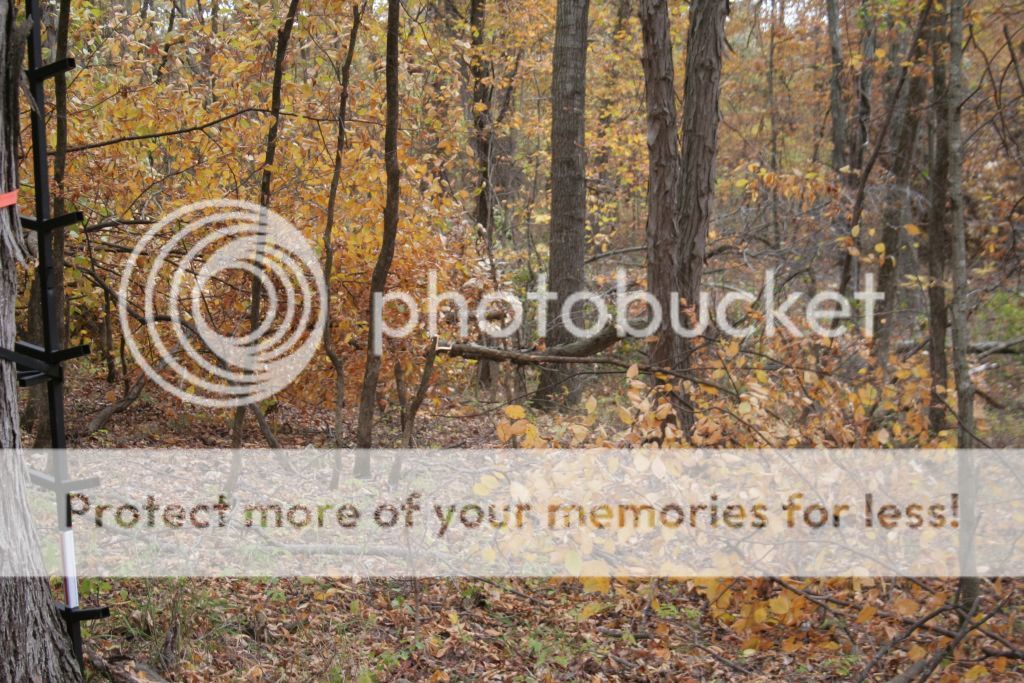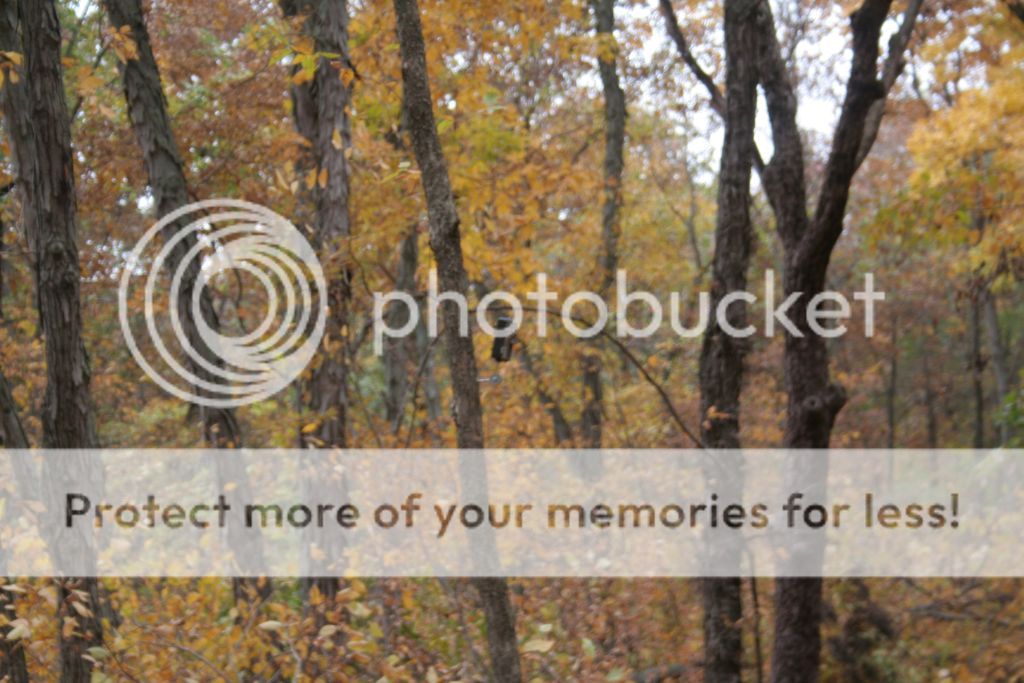Lost Arrow
Member
Cover and Browse
To often the focus is entirely on food sources...you never see for instance a big fancy add in a hunting magazine advertising "cover"...it's always about the supposed "magic" of some kind of food source that promises to grow monster racks and bring hoards of deer to your property. None of that could be farther from reality of course and in the end...the one with the best cover will be the most successful at holding mature whitetails on their property.
Thick nasty cover not only provides the safe bedding that holds mature whitetails but also "feeds" them as well
These pics are from an area a friend of mine did TSI and hinging work on perhaps 5 or more years ago?

Deer pour out of these areas that appear so thick a rabbit couldn't get thru it!

Compared to wide open timber commonly found this provides a plethora of cover and browse

Kip Adams wrote a great QDMA article on "Important Deer Foods"...all natural browse food sources....some of which are listed below.
Midwest – We received data from 4 states (IL, IN, KS, KY). Brambles and grape were most often reported. Coralberry, dogwoods, greenbriar, Illinois bundleflower, ragweed, trumpet creeper, wild lettuce and wild rose were also important species. Other notable plants included asters, plums, pokeweed, sumac and trillium.
Northeast – We received data from 4 states (ME, NH, NJ, PA). Bracken fern, brambles, grape and greenbriar were reported by multiple states. Canada mayflower, jewelweed, poison ivy, Virginia creeper, wild rose and wild sarsaparilla were also important species. Other notable plants included blue bead lily, goldenrod, plantain, sumac and winterberry.
Southeast – We received data from 9 states (AL, AR, FL, LA, MS, OK, SC, TN, TX). Brambles, grape, greenbriar, honeysuckle (primarily the native coral, but also non-native Japanese/white) and ragweed were listed by nearly every responding state. Pokeweed and strawberry bush were listed by about half of the states, and American beautyberry, beggar’s lice and poison ivy were also listed by a third of the states. Other notable plants included Alabama supplejack, devil’s walking stick, Florida pusley, old field aster and trumpet creeper.
Canada – We received data from 6 provinces (BC, MB, NS, ON, QC, SK). Asters, brambles, choke cherry, fireweed, pondweed, snowberry, sow thistle, trillium, Virginian strawberry and wild rose were all reported from more than one province. Other notable plants included Canada mayflower, jewelweed, lupines, ragweed and wild lettuce.
When we radically open up canopy the result is a mass explosion of "brush" that will include many of the species mentioned in Kips article

There will be of course mostly young saplings that provide browse and cover for many years

For that reason we want different stages of succession in our timber

So that the entire thing isn't all the same at any one time

On larger timber do areas or blocks each year if possible

and keep a variety of growth coming up to provide cover and browse at all times on your property

You can also see why it is not imperative that every tree remained hinged, if some break off don't worry about it...eventually new growth will erupt and in time the hinged trees may not even be noticeably....dead or alive..
If you have cover like that shown, you will hold a tremendous number of deer of which a percentage will be mature bucks, all of which will eat anything and everything you plant. If you have poor quality cover you find it difficult to hold deer and the kind of food sources you plant will never fix the problem....

To often the focus is entirely on food sources...you never see for instance a big fancy add in a hunting magazine advertising "cover"...it's always about the supposed "magic" of some kind of food source that promises to grow monster racks and bring hoards of deer to your property. None of that could be farther from reality of course and in the end...the one with the best cover will be the most successful at holding mature whitetails on their property.
Thick nasty cover not only provides the safe bedding that holds mature whitetails but also "feeds" them as well
These pics are from an area a friend of mine did TSI and hinging work on perhaps 5 or more years ago?

Deer pour out of these areas that appear so thick a rabbit couldn't get thru it!

Compared to wide open timber commonly found this provides a plethora of cover and browse

Kip Adams wrote a great QDMA article on "Important Deer Foods"...all natural browse food sources....some of which are listed below.
Midwest – We received data from 4 states (IL, IN, KS, KY). Brambles and grape were most often reported. Coralberry, dogwoods, greenbriar, Illinois bundleflower, ragweed, trumpet creeper, wild lettuce and wild rose were also important species. Other notable plants included asters, plums, pokeweed, sumac and trillium.
Northeast – We received data from 4 states (ME, NH, NJ, PA). Bracken fern, brambles, grape and greenbriar were reported by multiple states. Canada mayflower, jewelweed, poison ivy, Virginia creeper, wild rose and wild sarsaparilla were also important species. Other notable plants included blue bead lily, goldenrod, plantain, sumac and winterberry.
Southeast – We received data from 9 states (AL, AR, FL, LA, MS, OK, SC, TN, TX). Brambles, grape, greenbriar, honeysuckle (primarily the native coral, but also non-native Japanese/white) and ragweed were listed by nearly every responding state. Pokeweed and strawberry bush were listed by about half of the states, and American beautyberry, beggar’s lice and poison ivy were also listed by a third of the states. Other notable plants included Alabama supplejack, devil’s walking stick, Florida pusley, old field aster and trumpet creeper.
Canada – We received data from 6 provinces (BC, MB, NS, ON, QC, SK). Asters, brambles, choke cherry, fireweed, pondweed, snowberry, sow thistle, trillium, Virginian strawberry and wild rose were all reported from more than one province. Other notable plants included Canada mayflower, jewelweed, lupines, ragweed and wild lettuce.
When we radically open up canopy the result is a mass explosion of "brush" that will include many of the species mentioned in Kips article

There will be of course mostly young saplings that provide browse and cover for many years

For that reason we want different stages of succession in our timber

So that the entire thing isn't all the same at any one time

On larger timber do areas or blocks each year if possible

and keep a variety of growth coming up to provide cover and browse at all times on your property

You can also see why it is not imperative that every tree remained hinged, if some break off don't worry about it...eventually new growth will erupt and in time the hinged trees may not even be noticeably....dead or alive..
If you have cover like that shown, you will hold a tremendous number of deer of which a percentage will be mature bucks, all of which will eat anything and everything you plant. If you have poor quality cover you find it difficult to hold deer and the kind of food sources you plant will never fix the problem....


